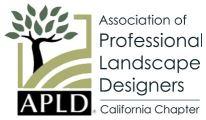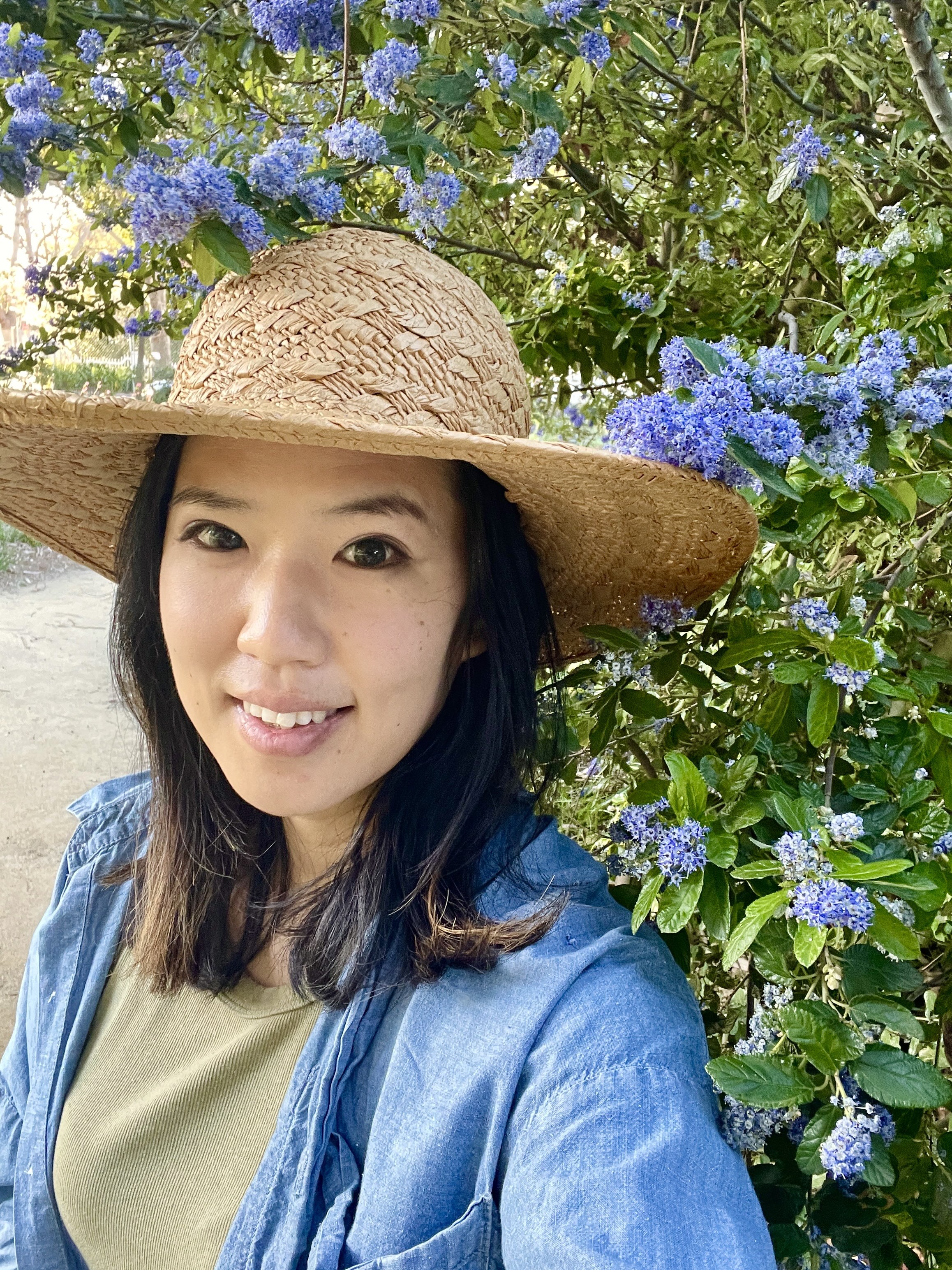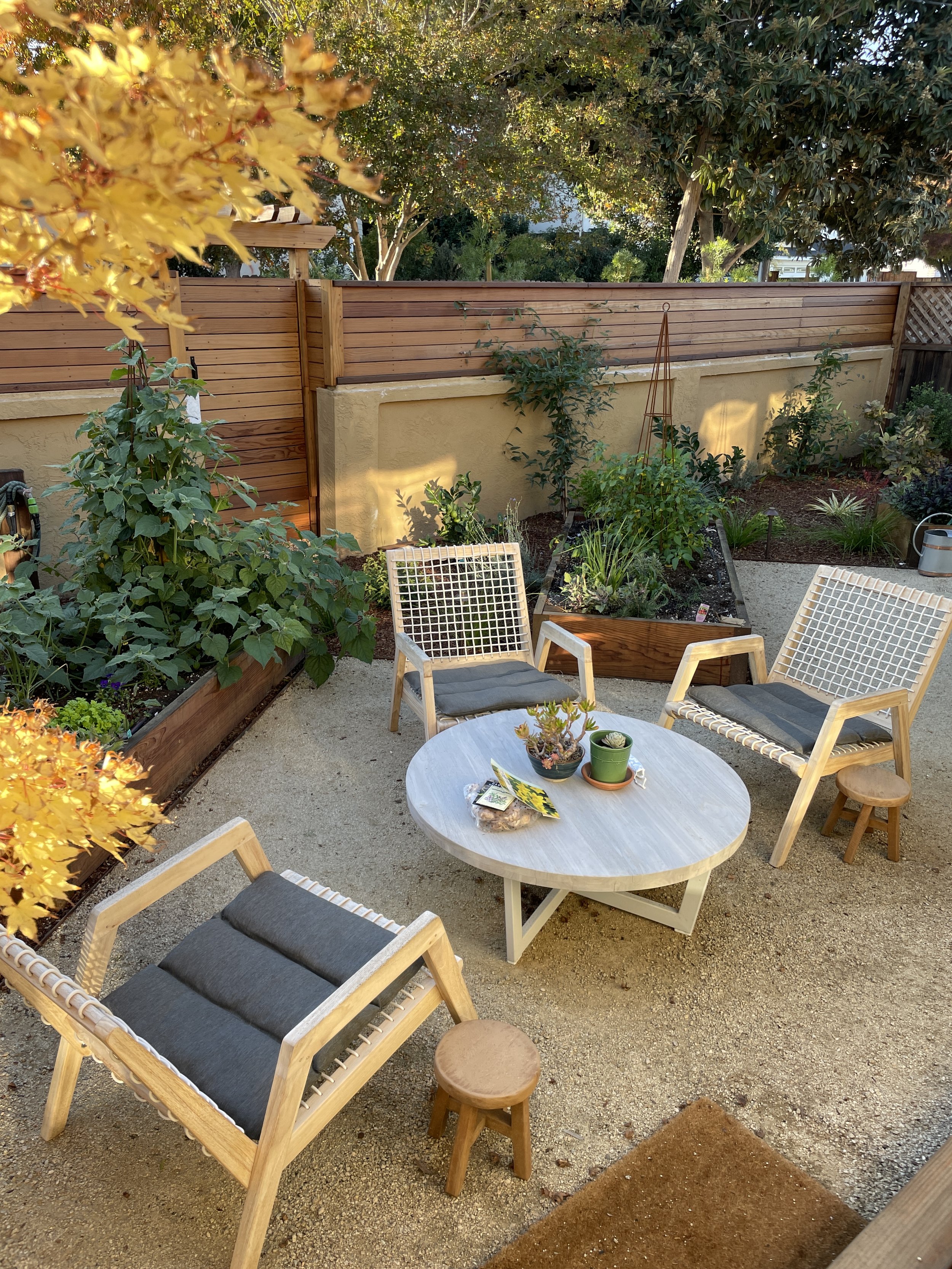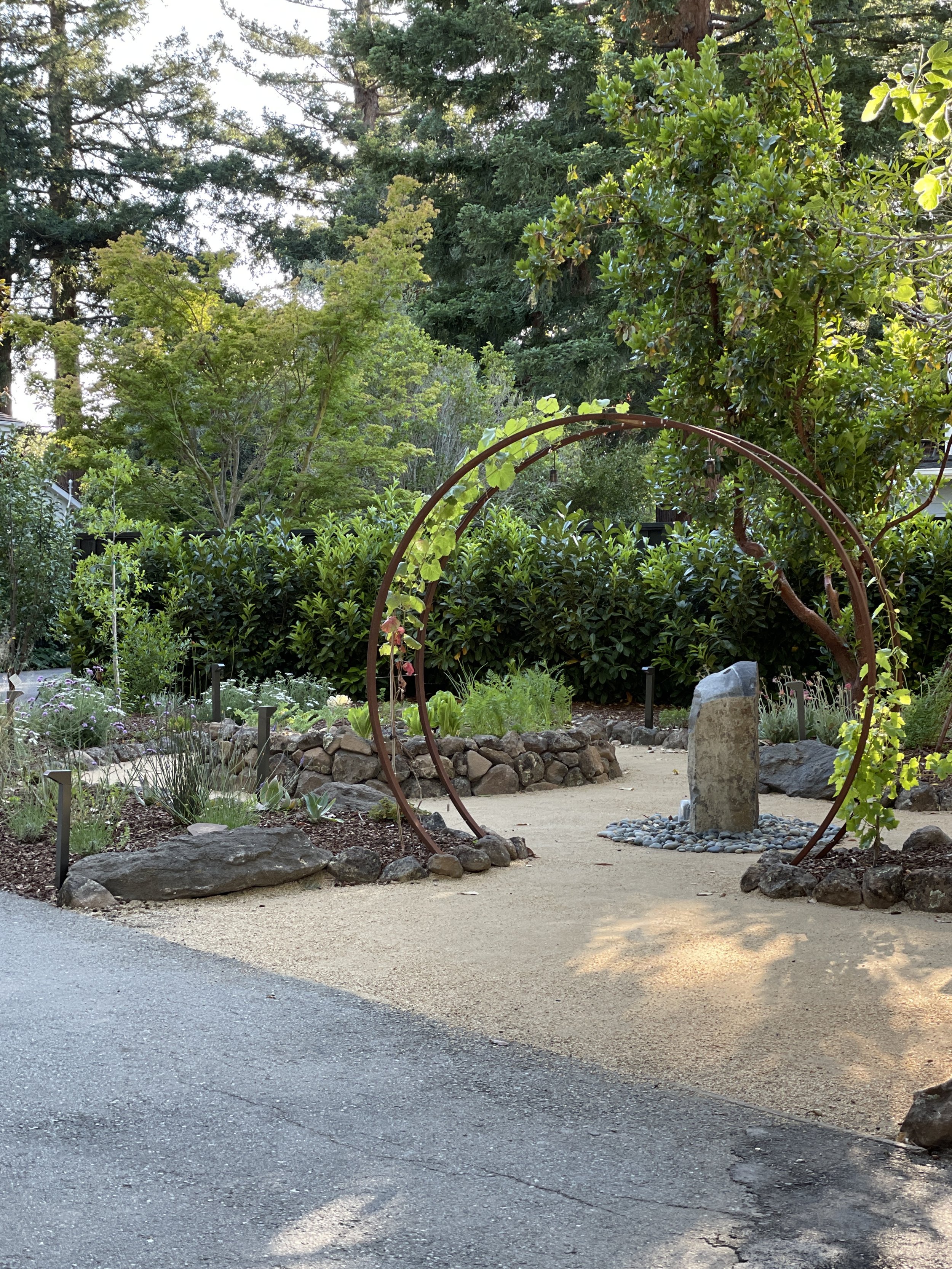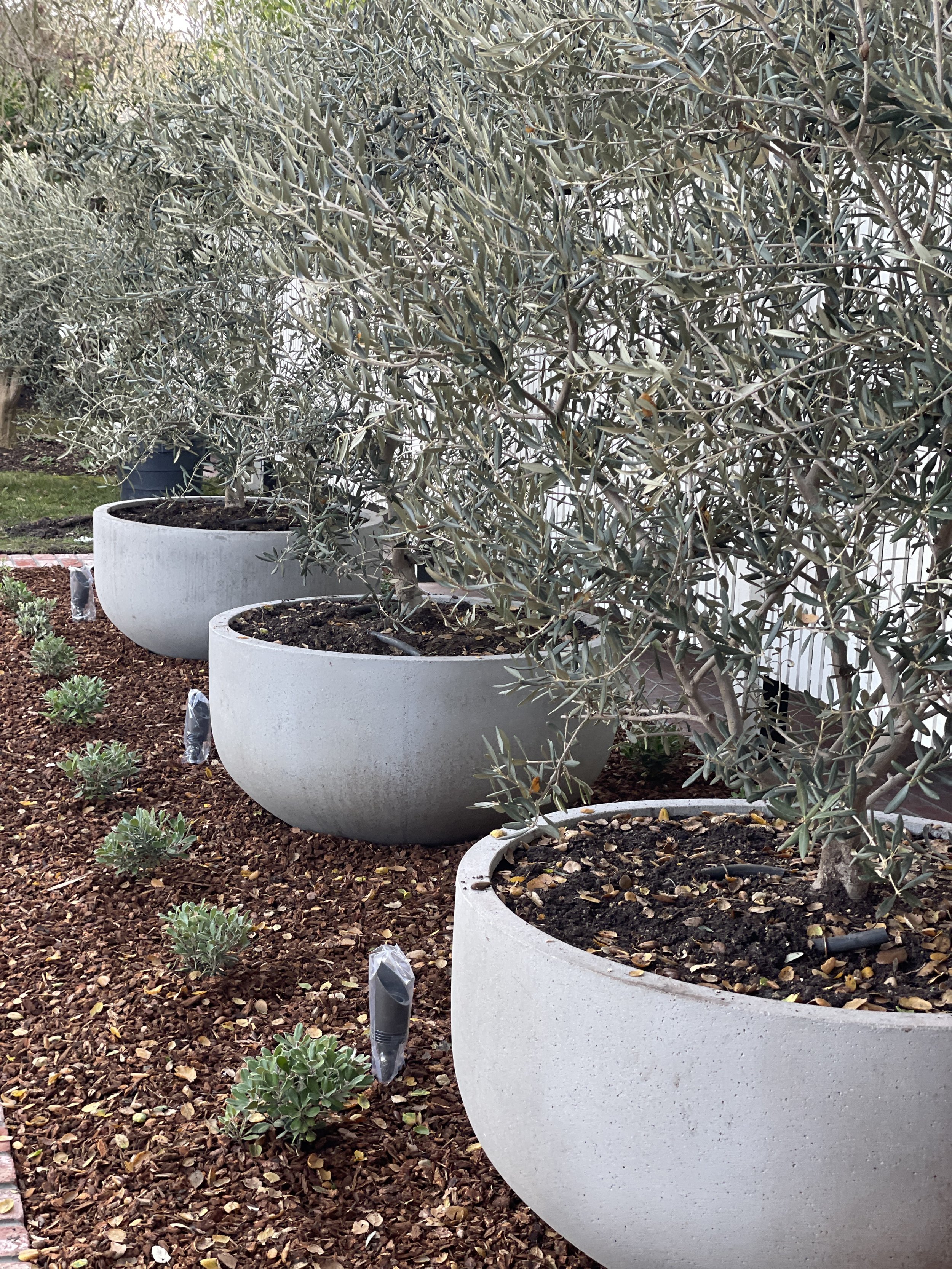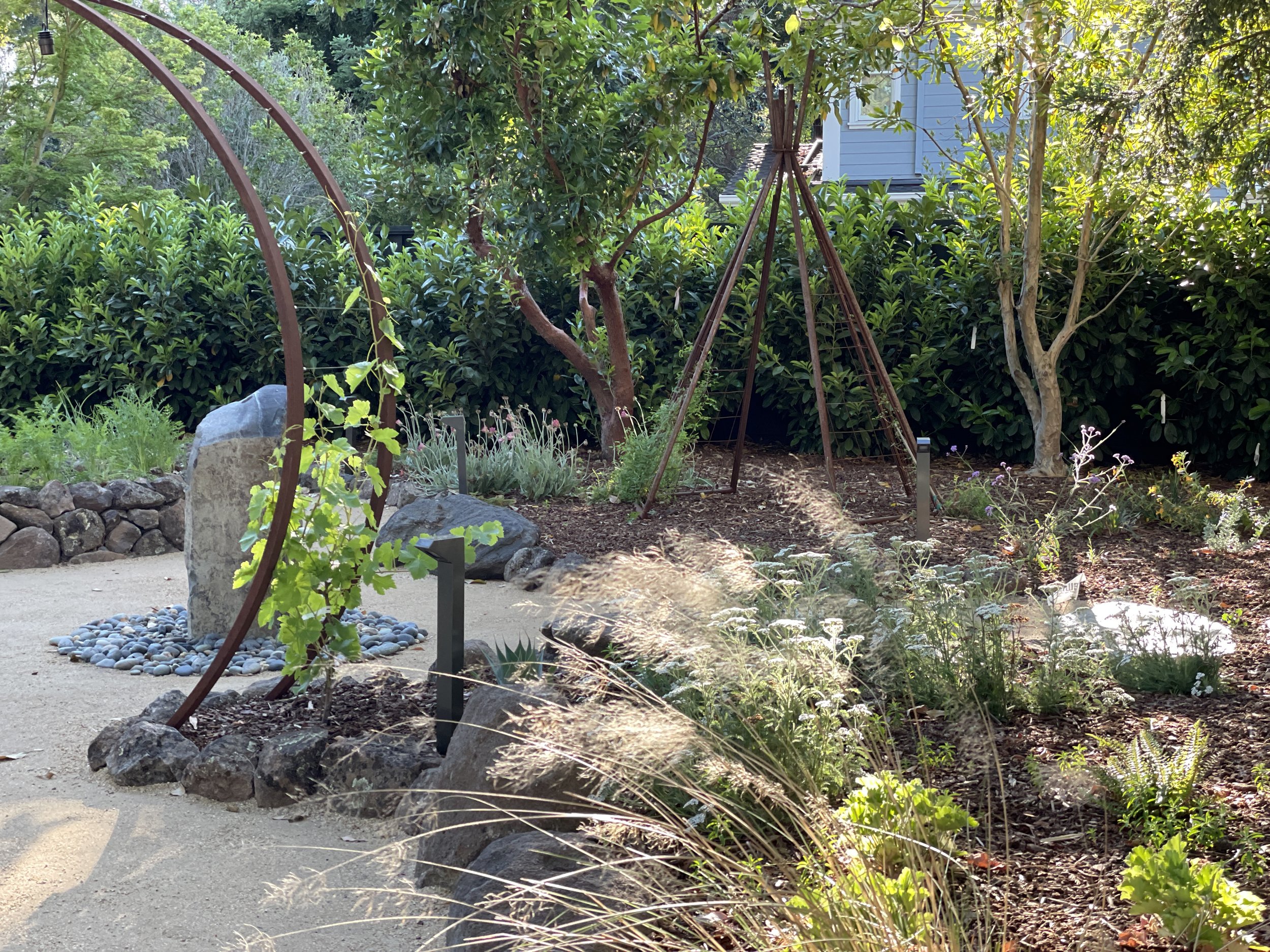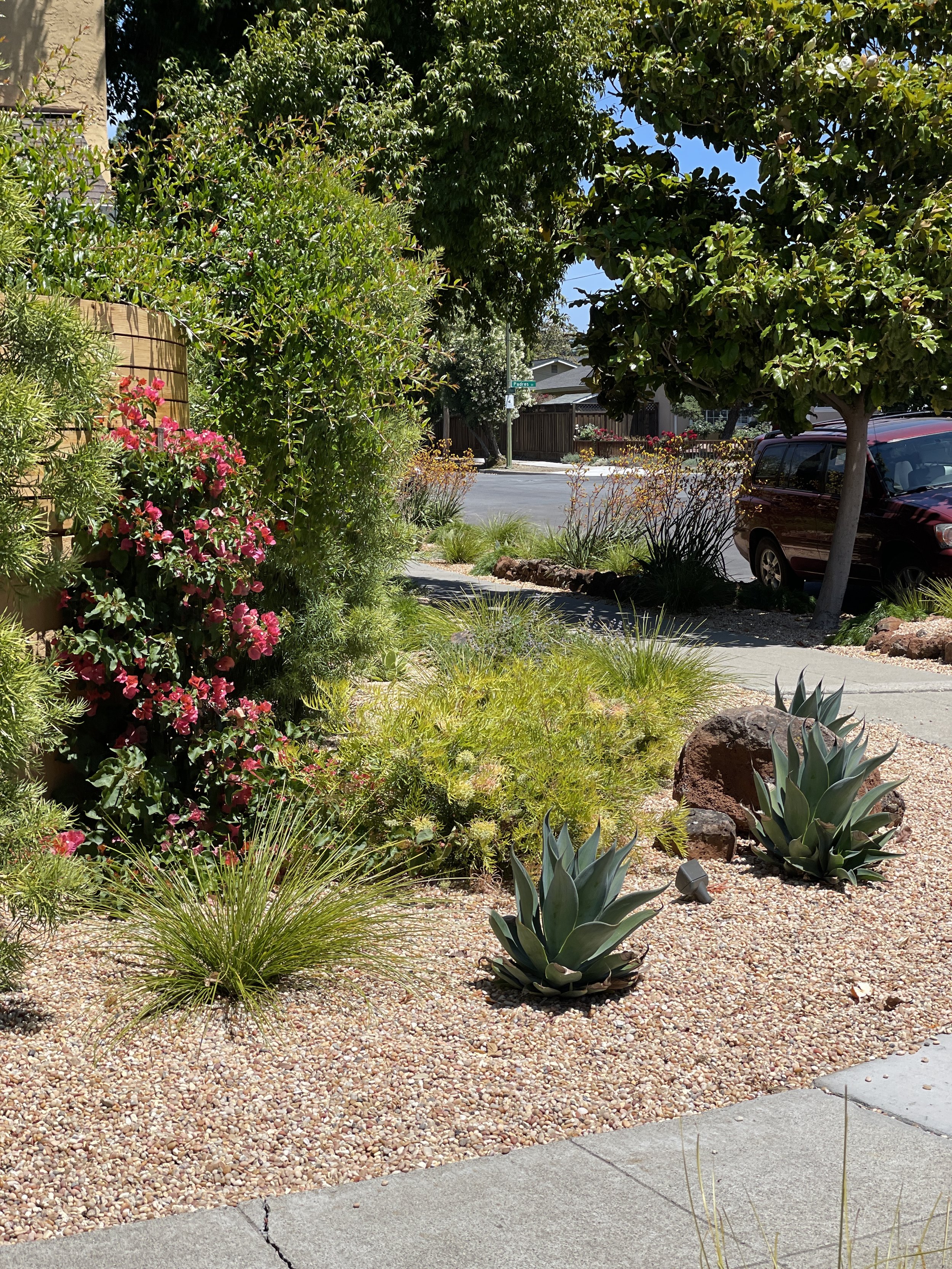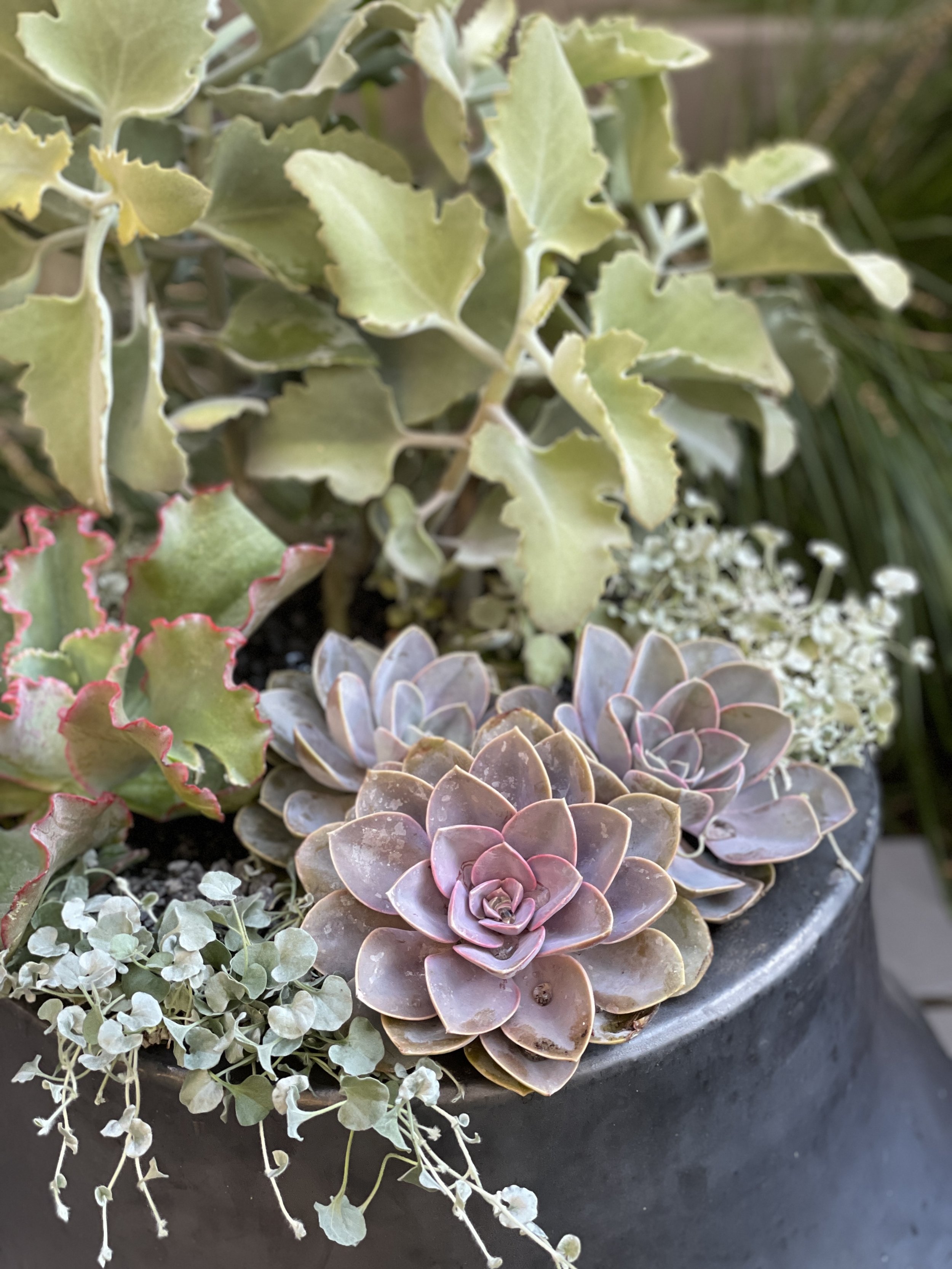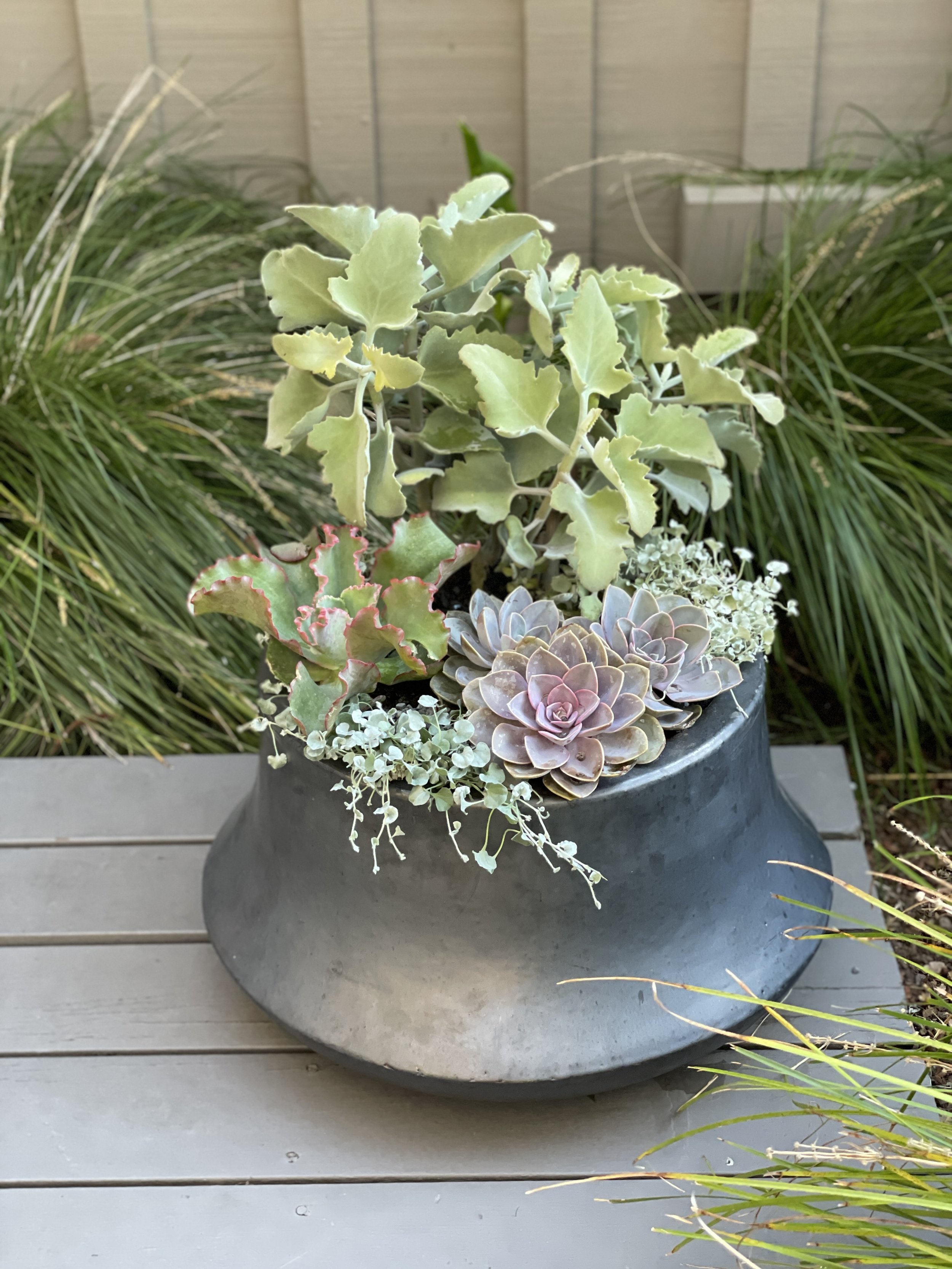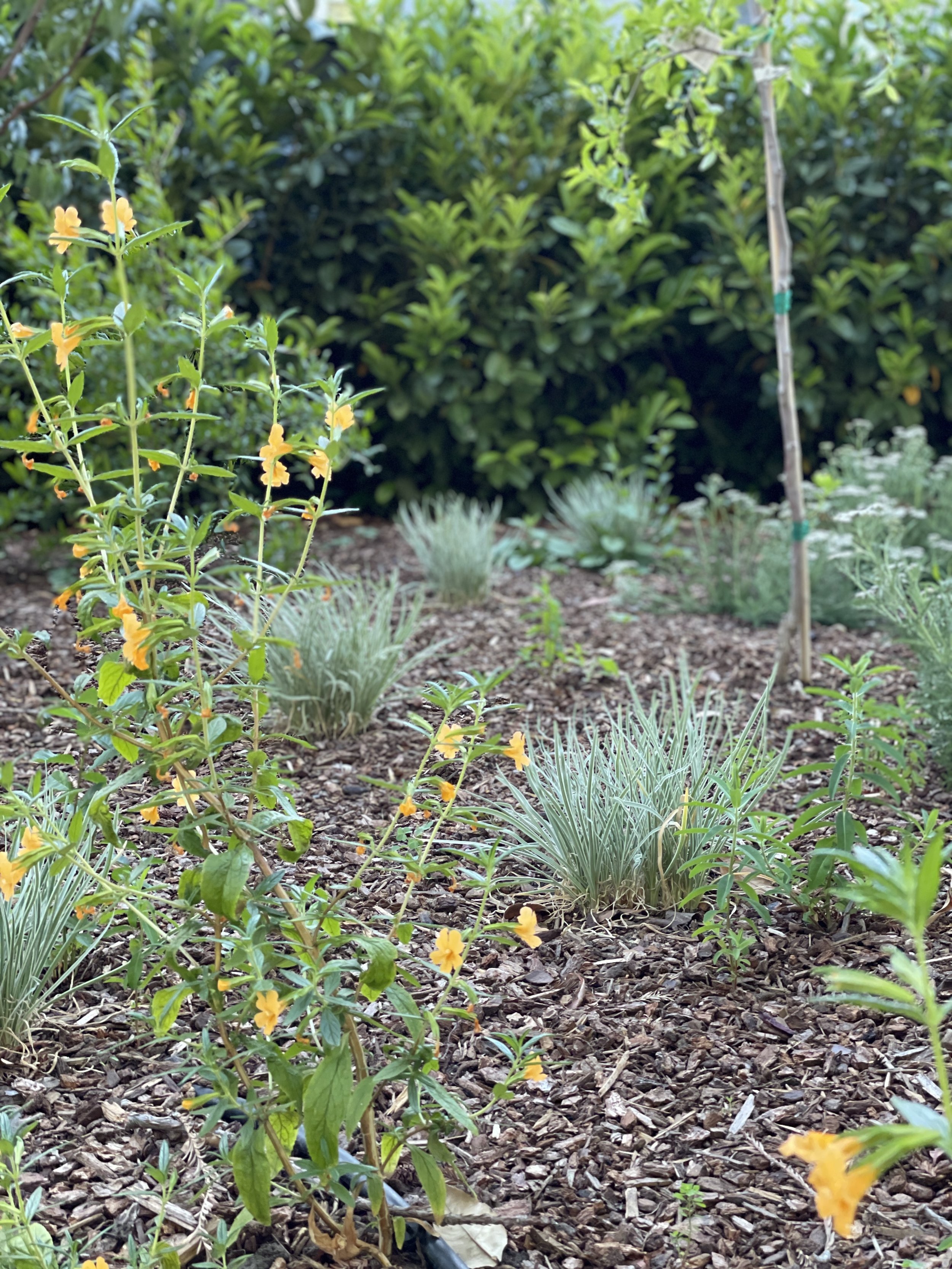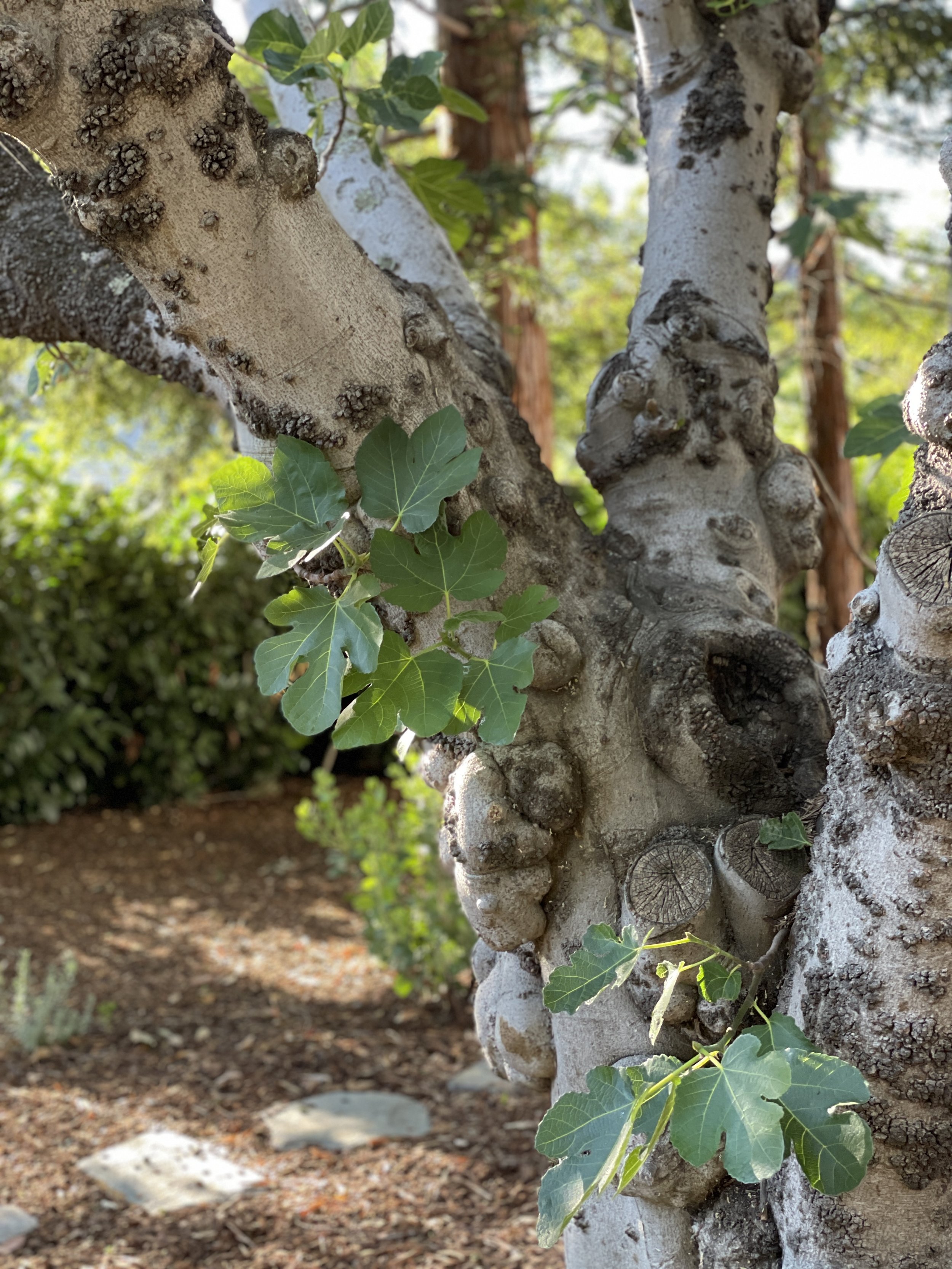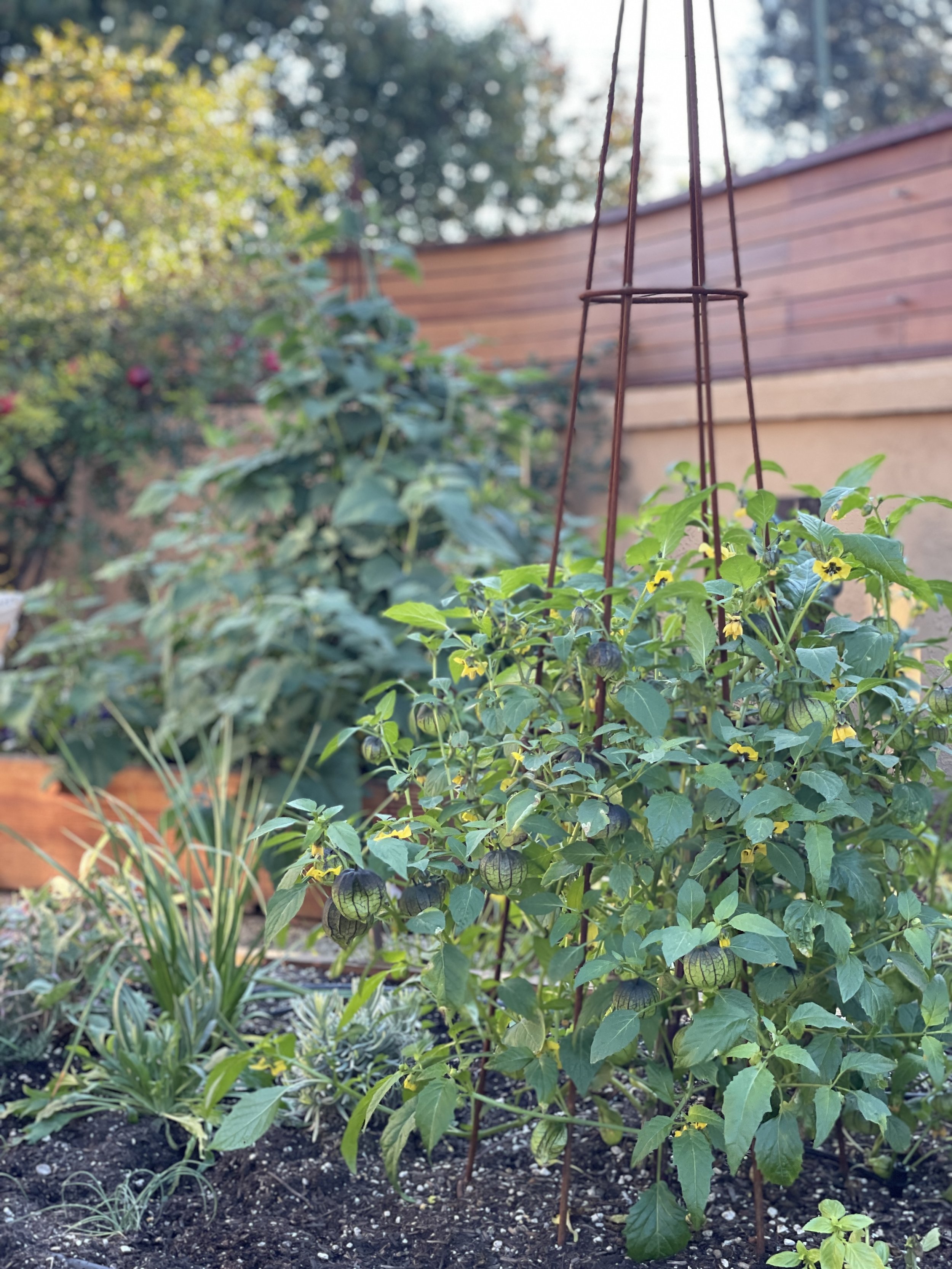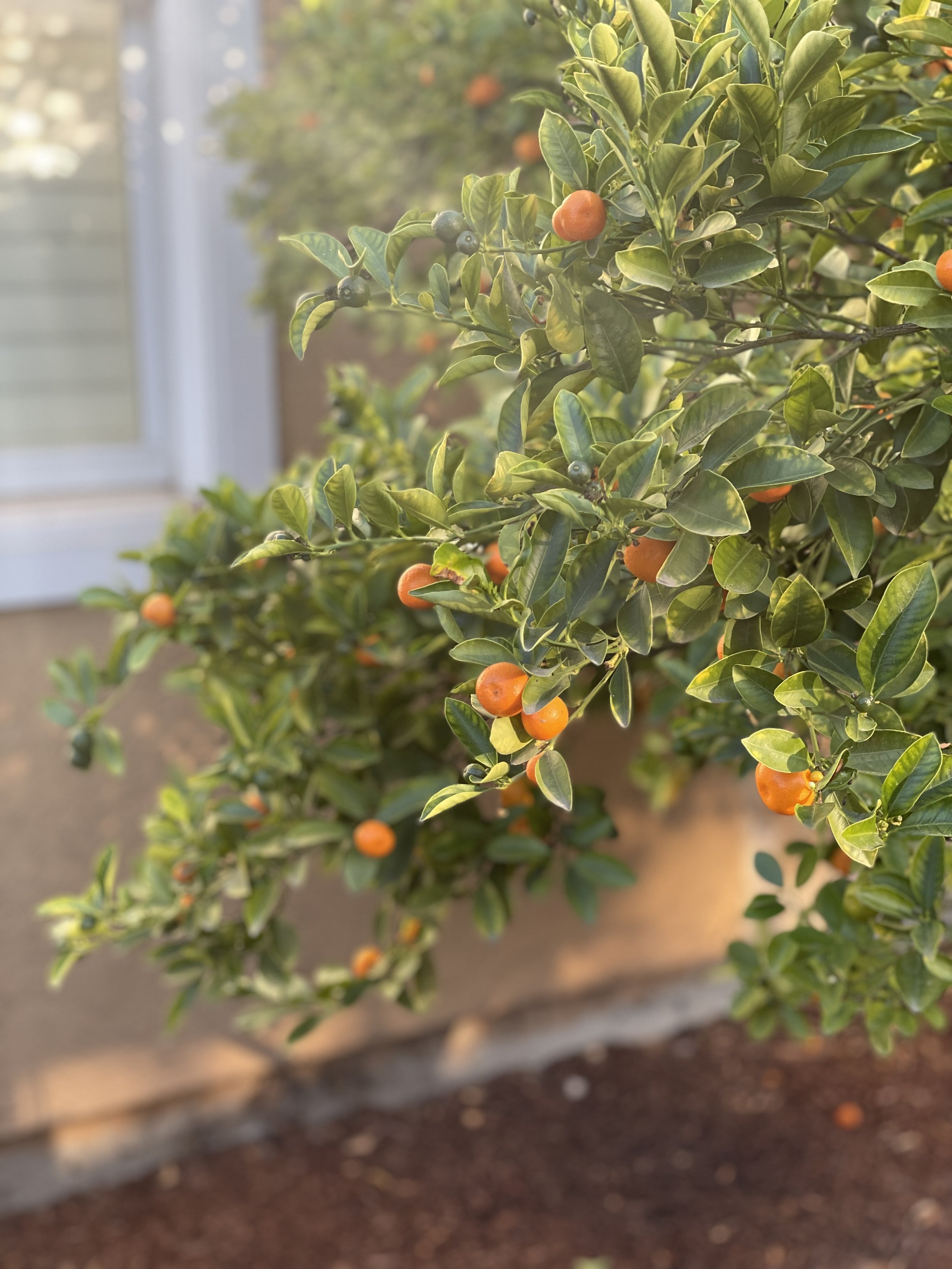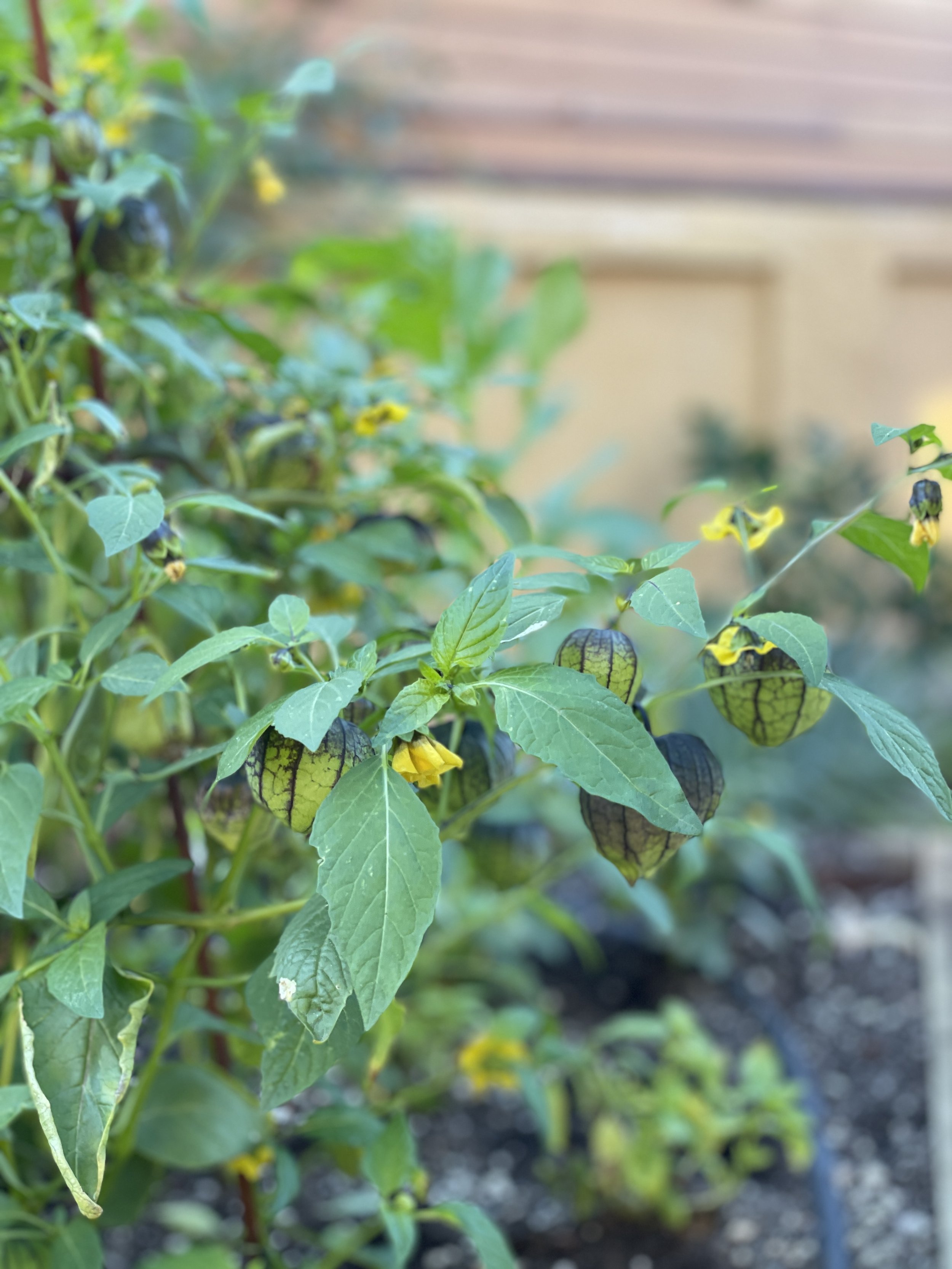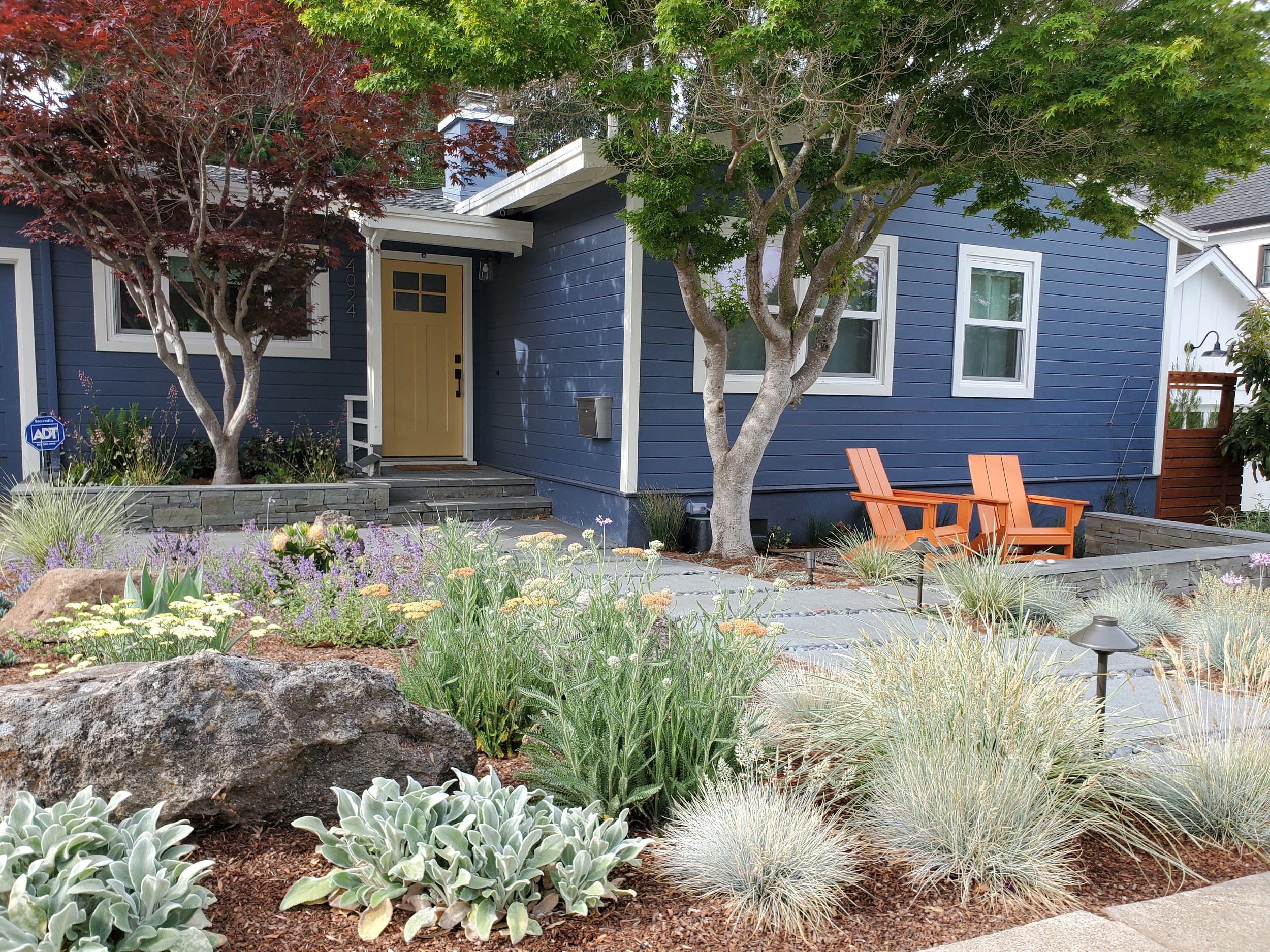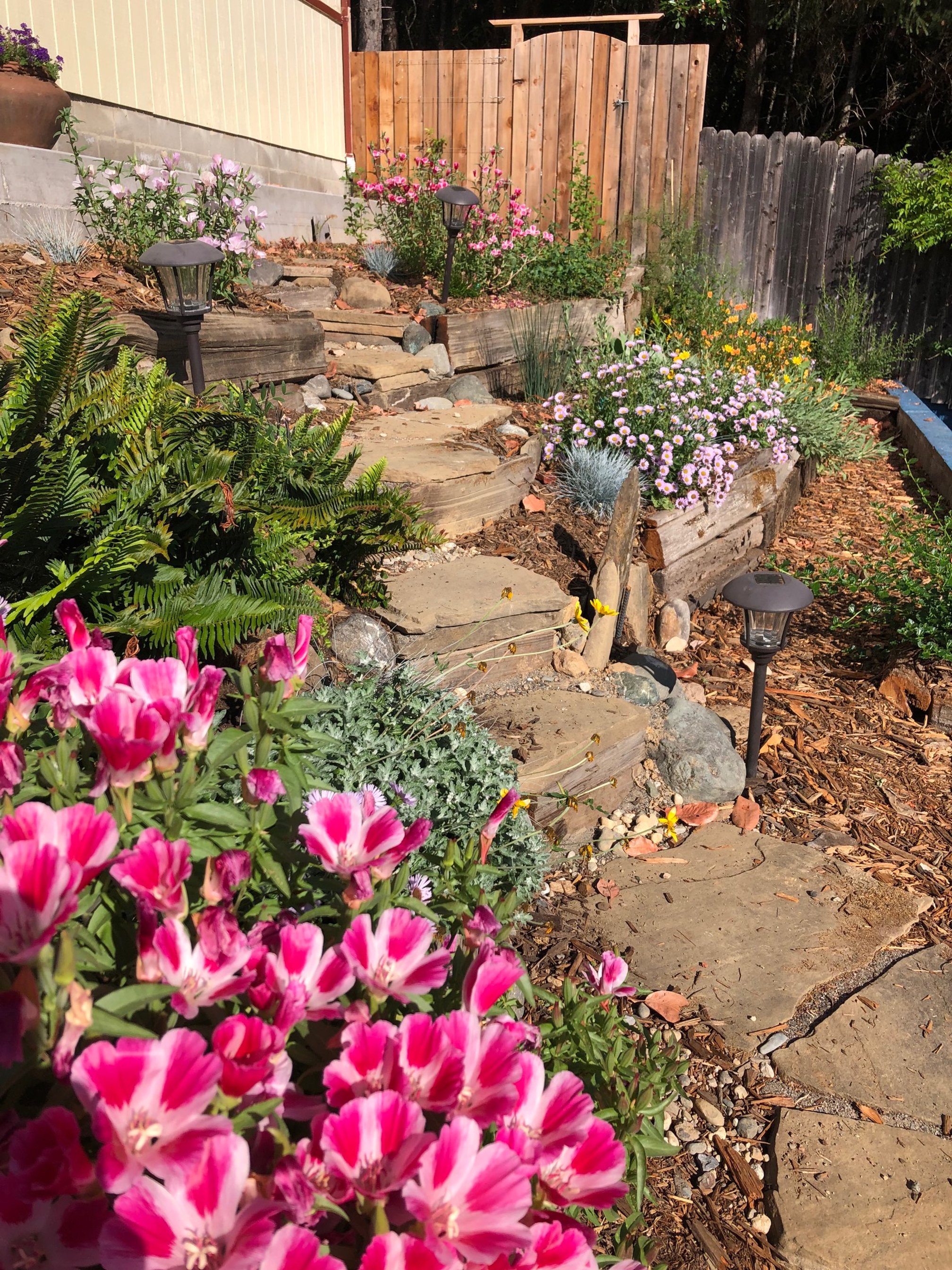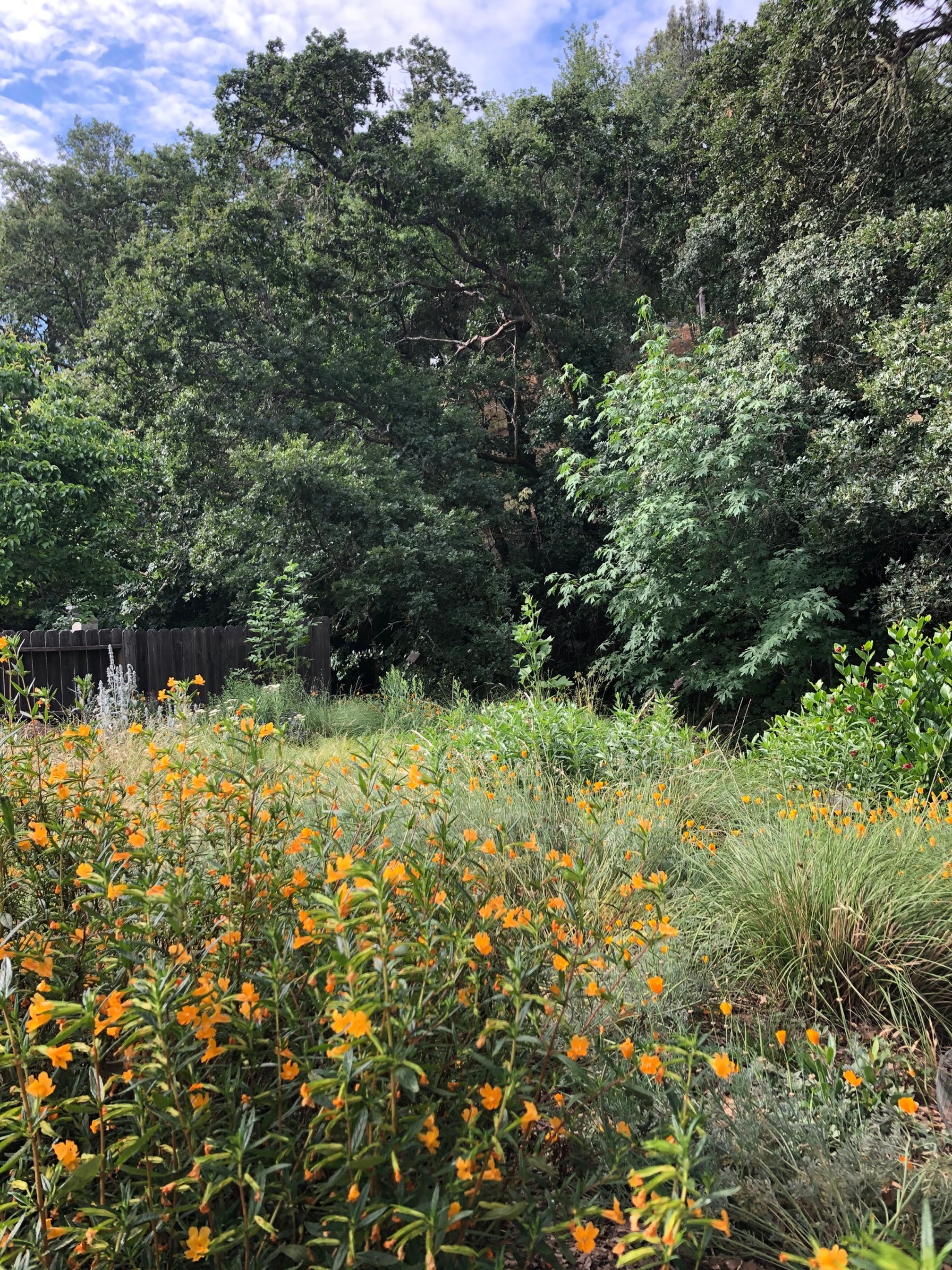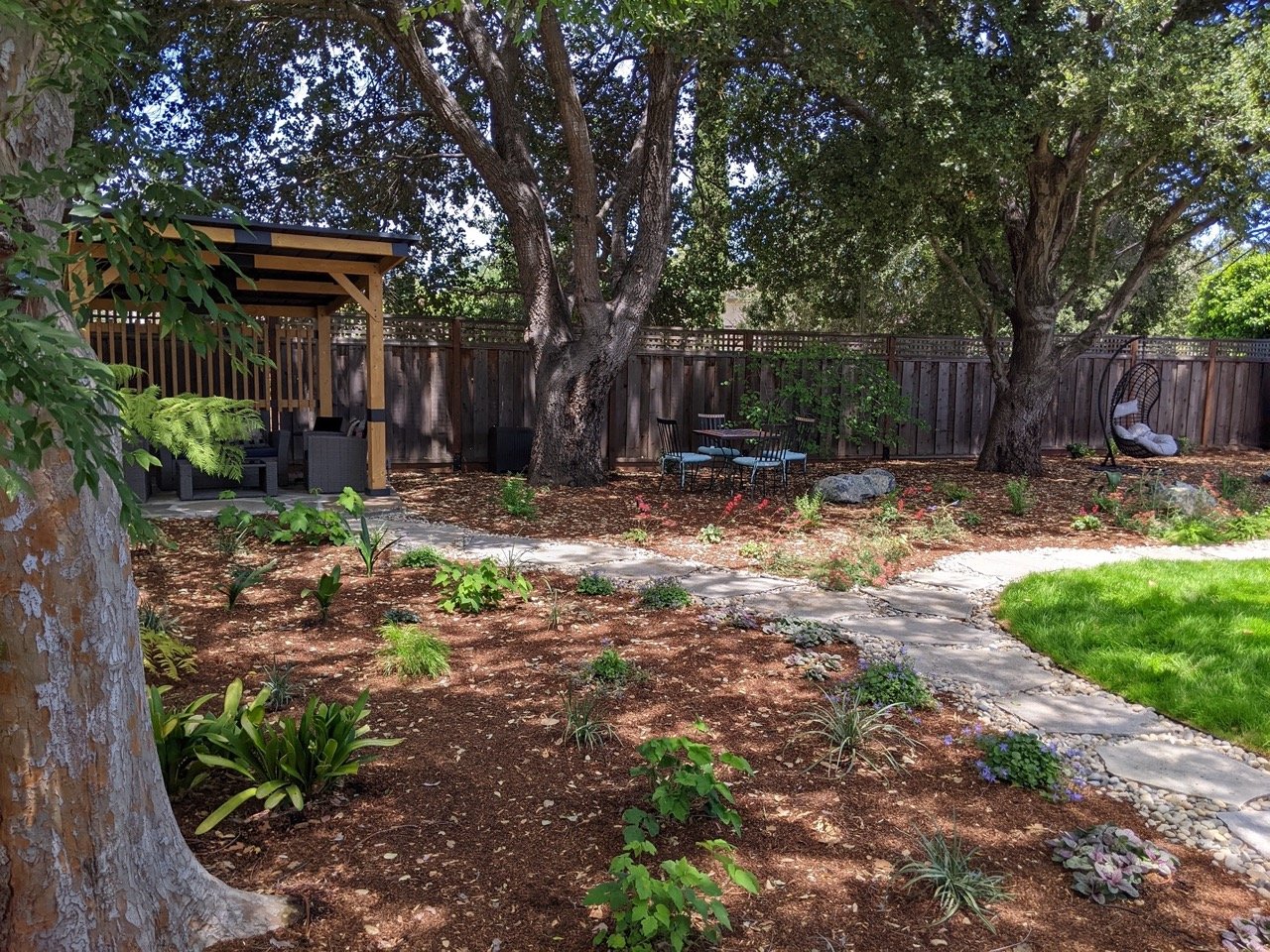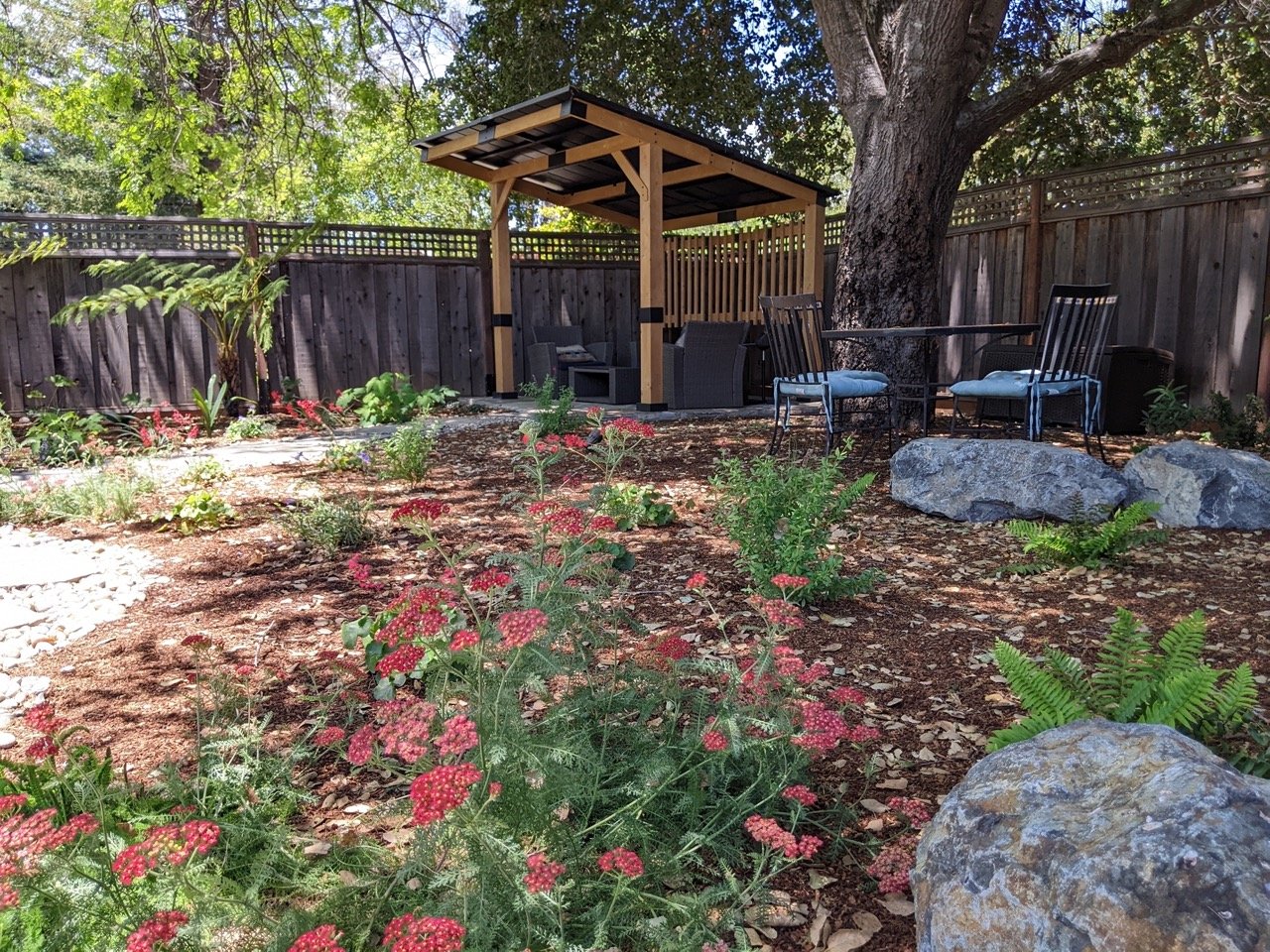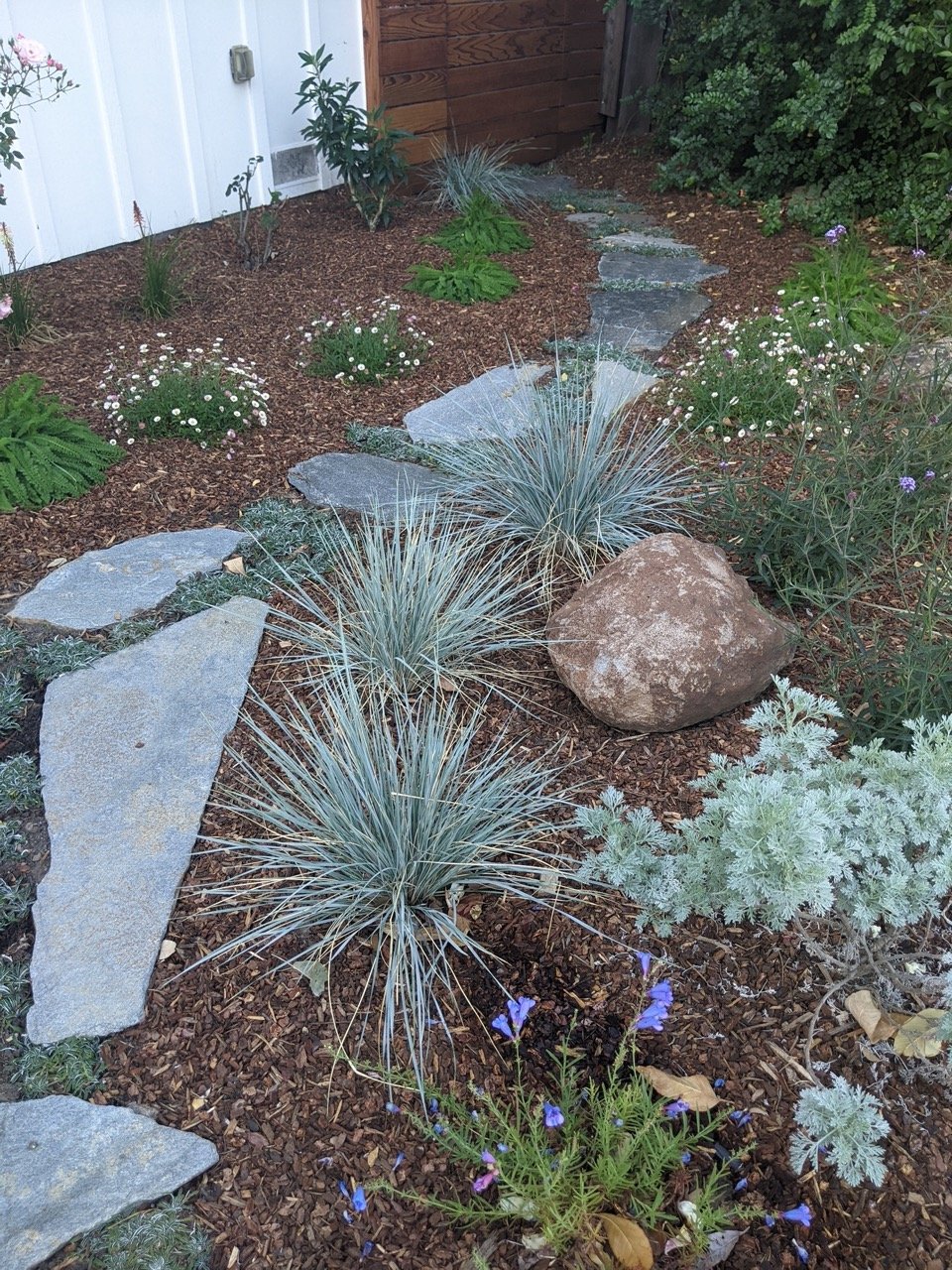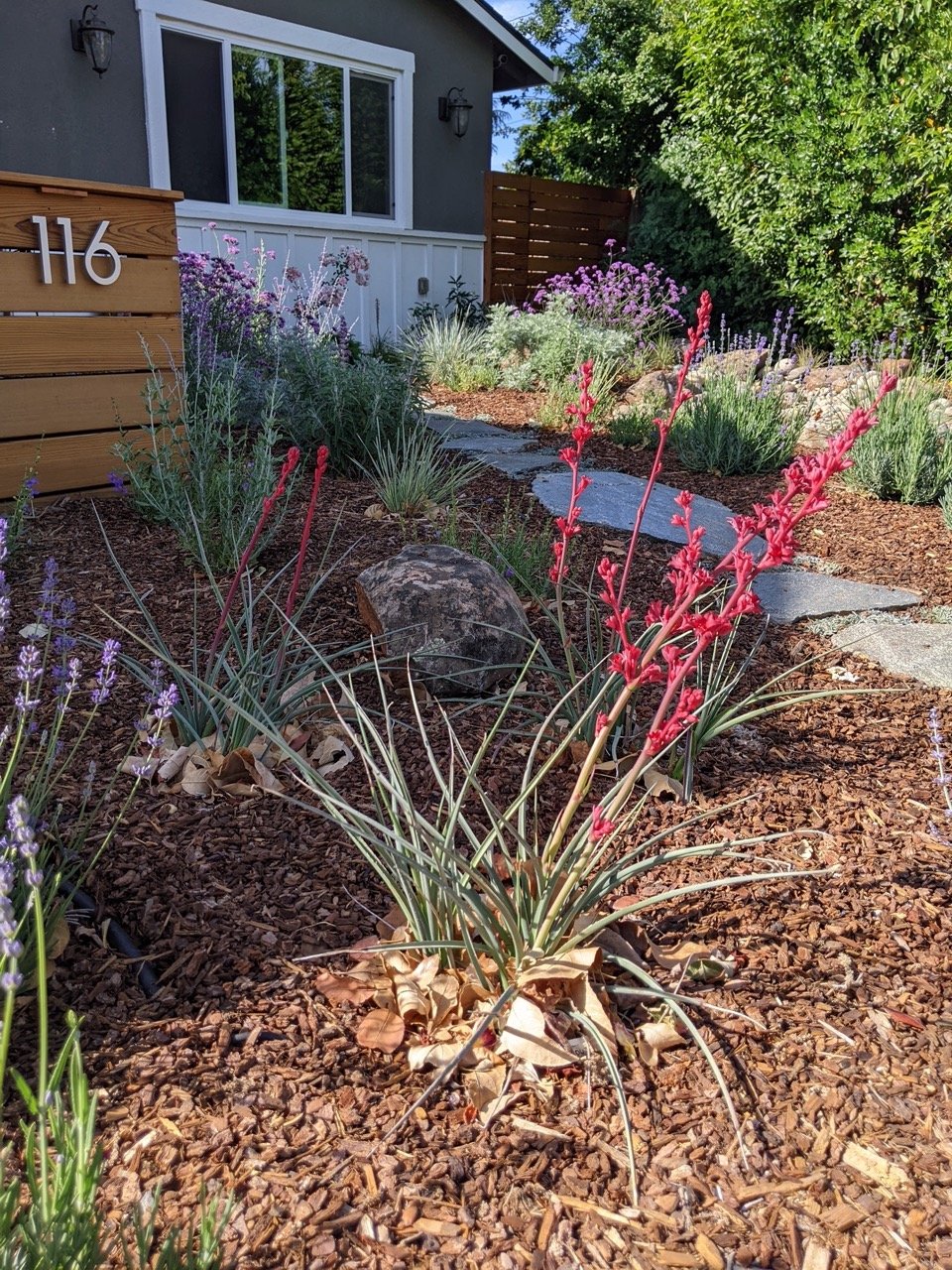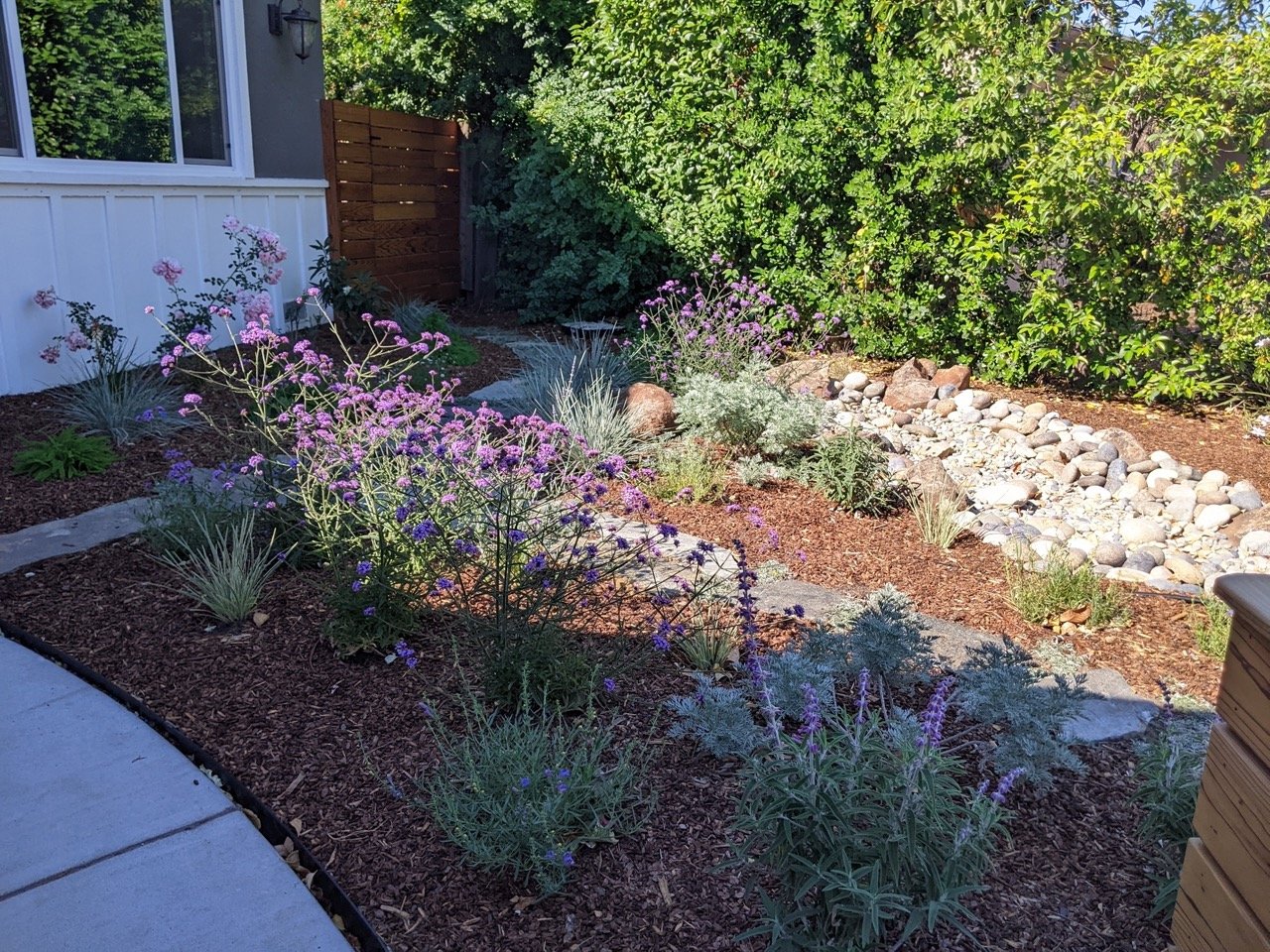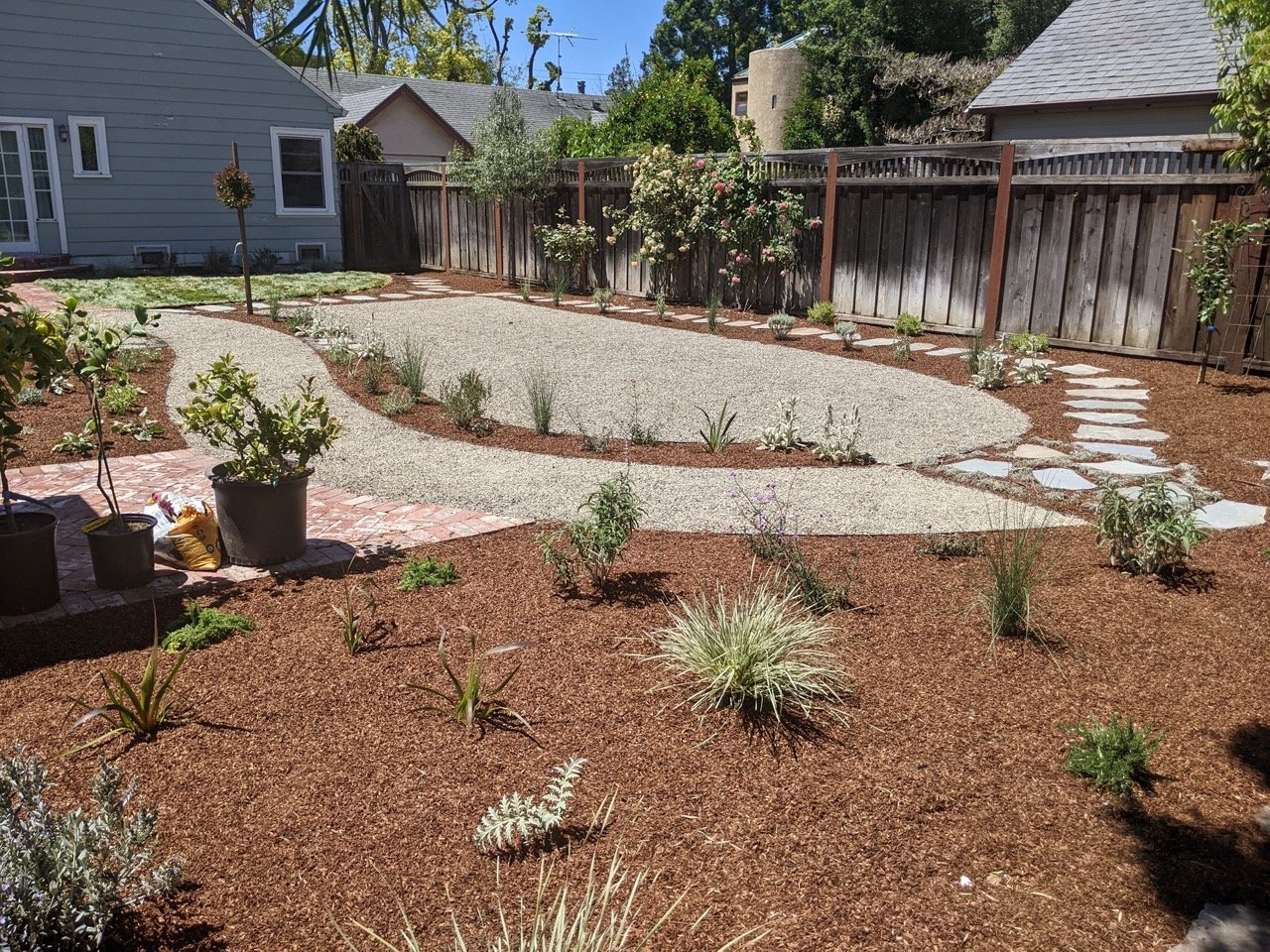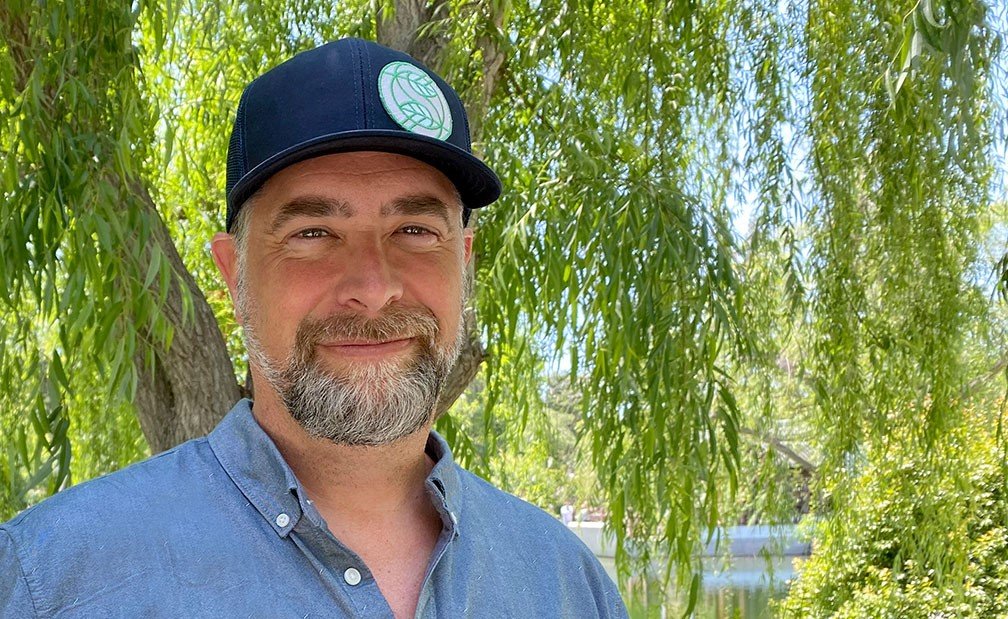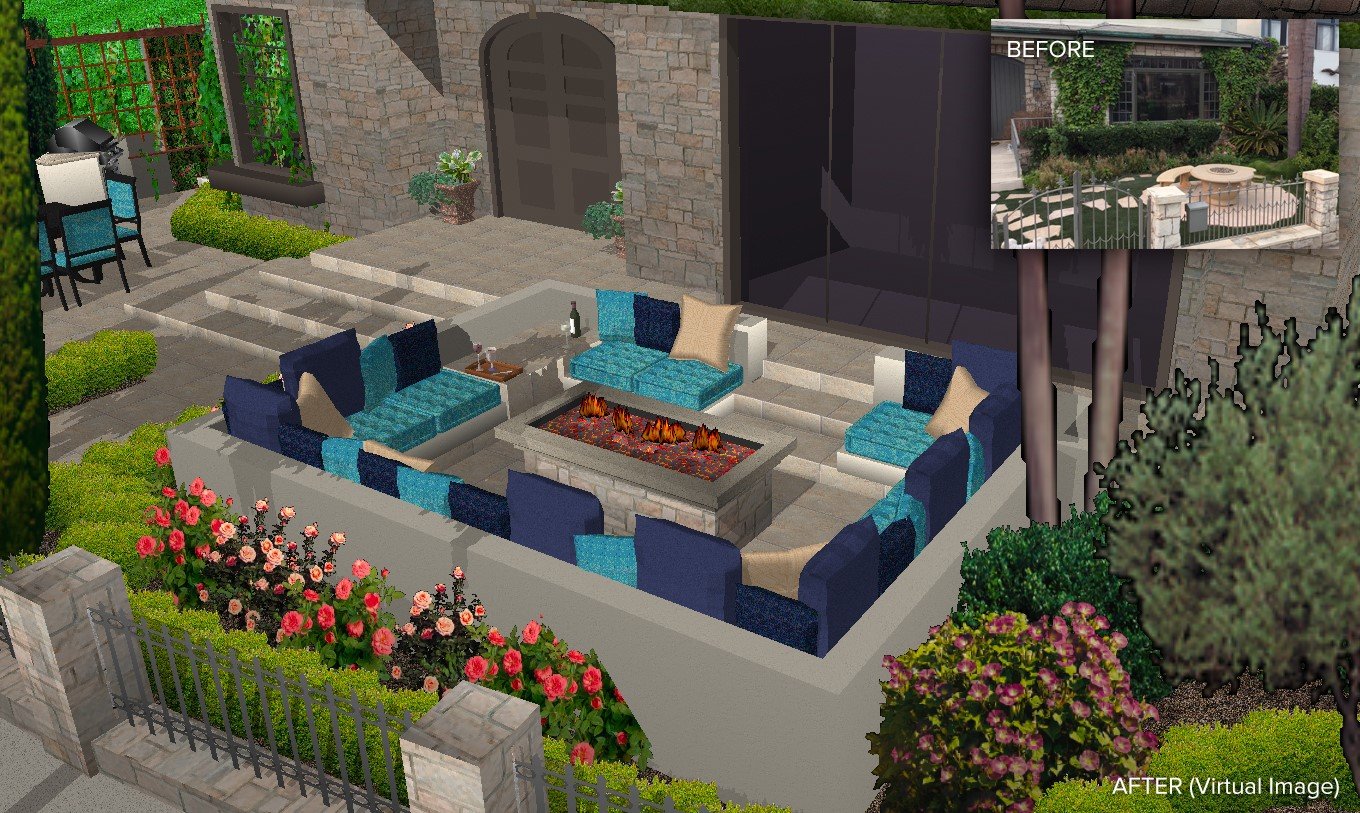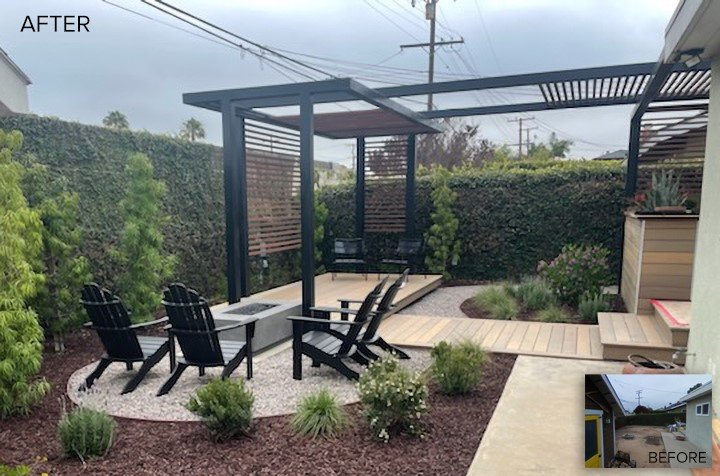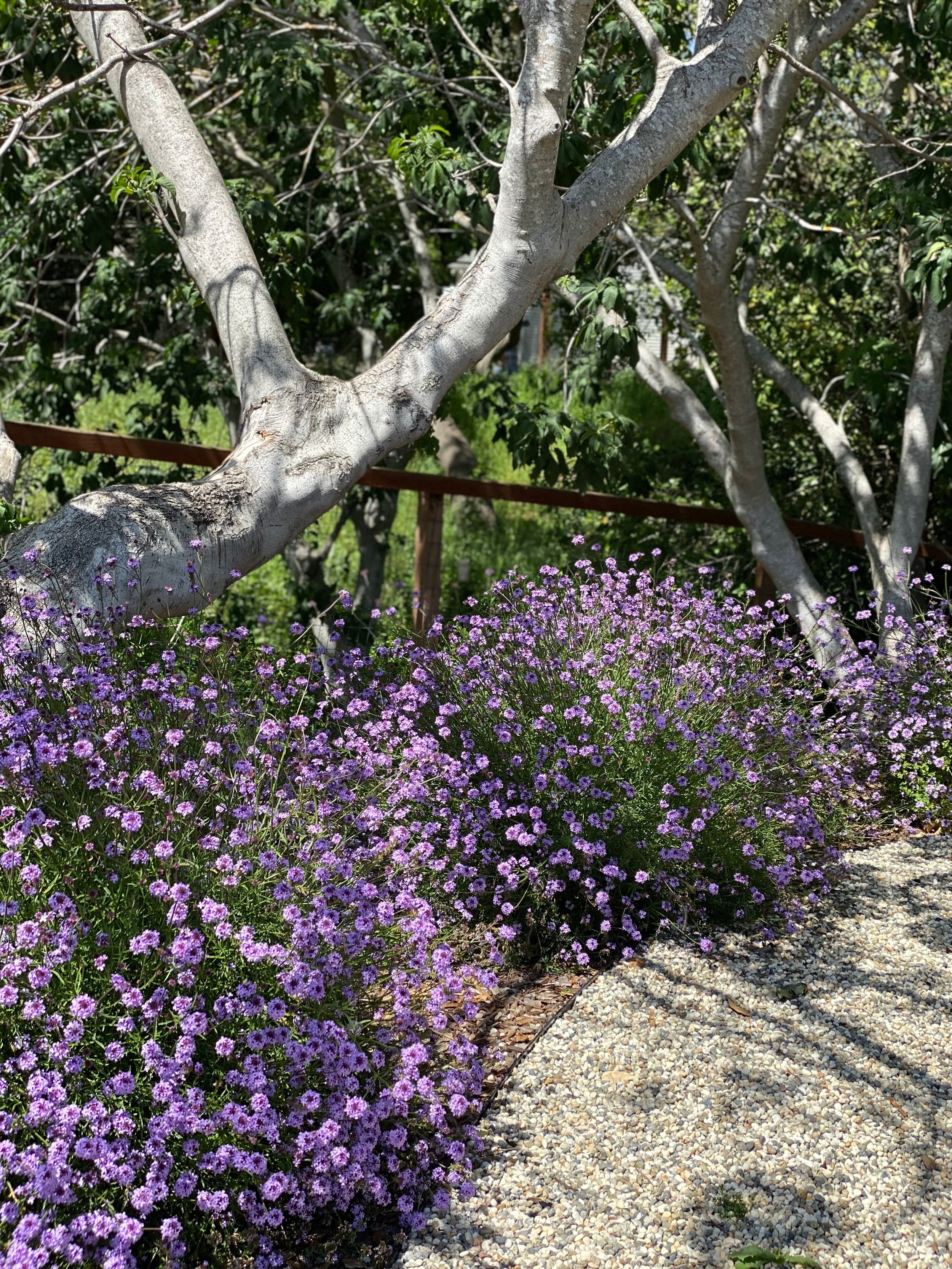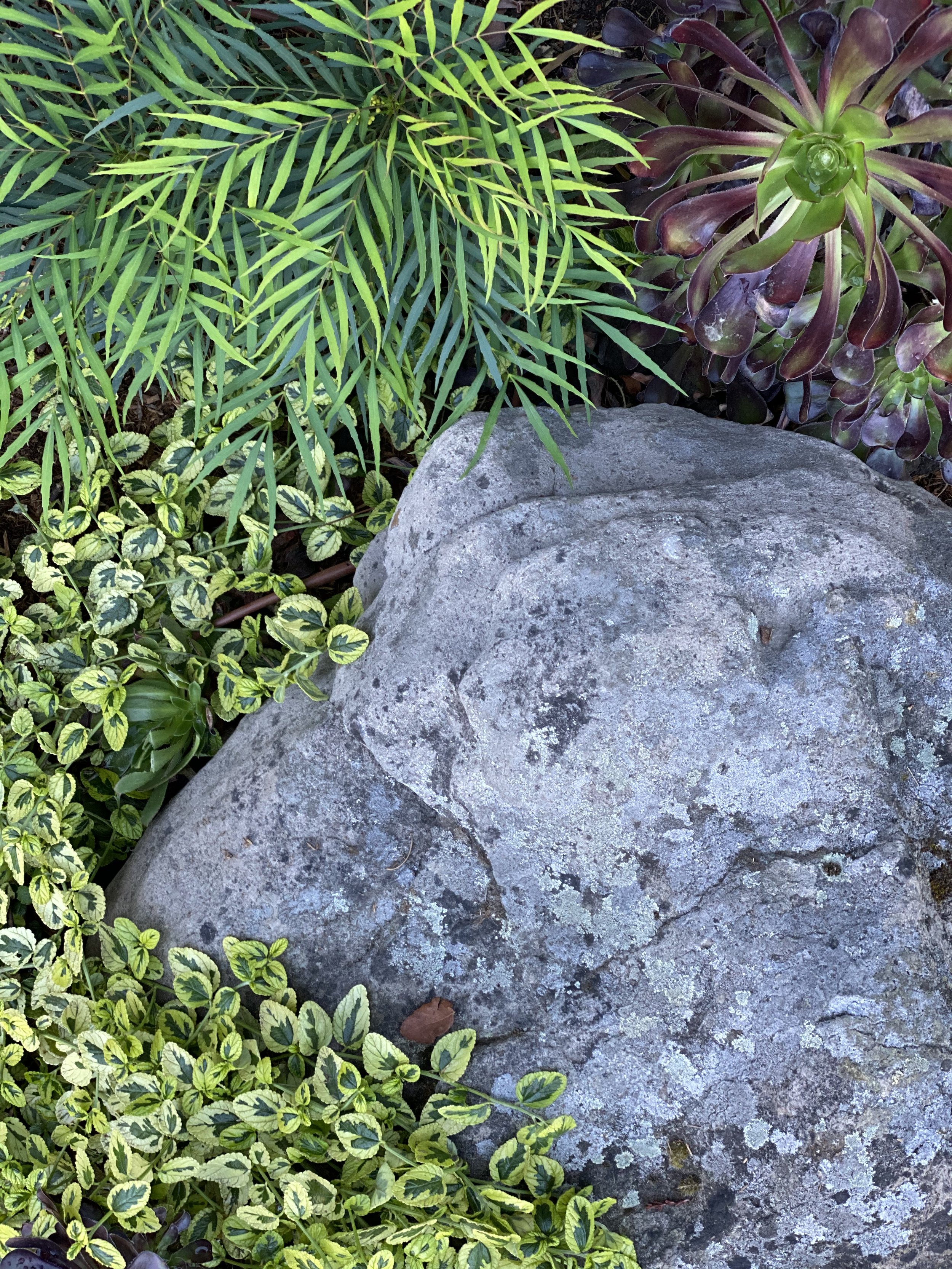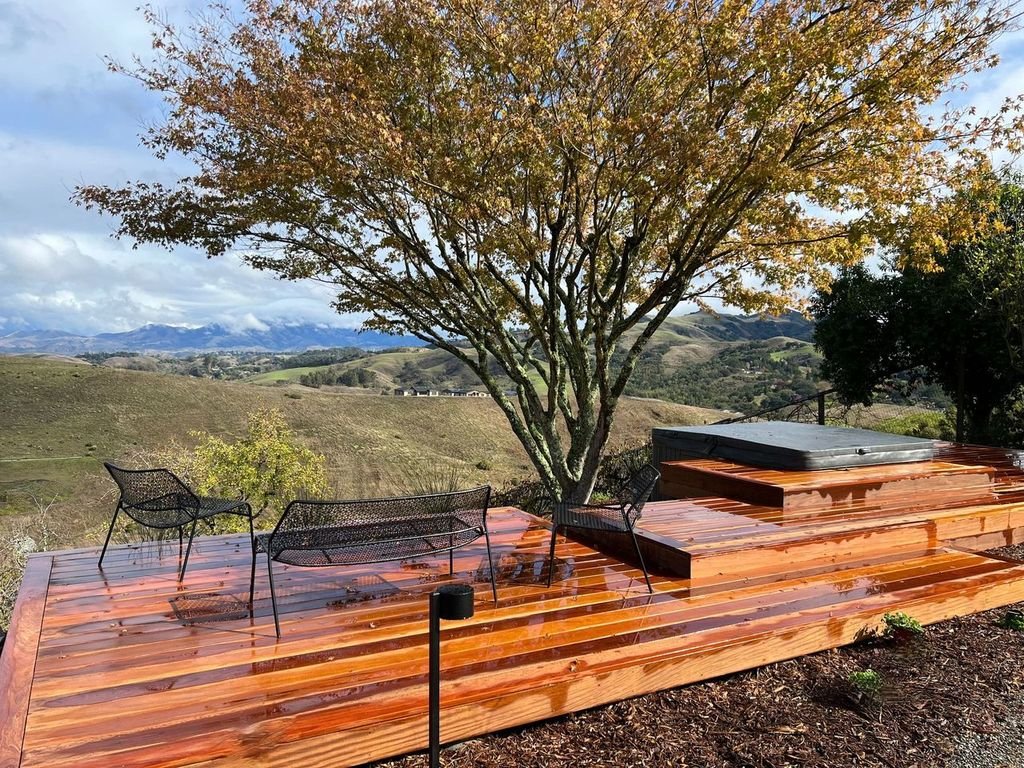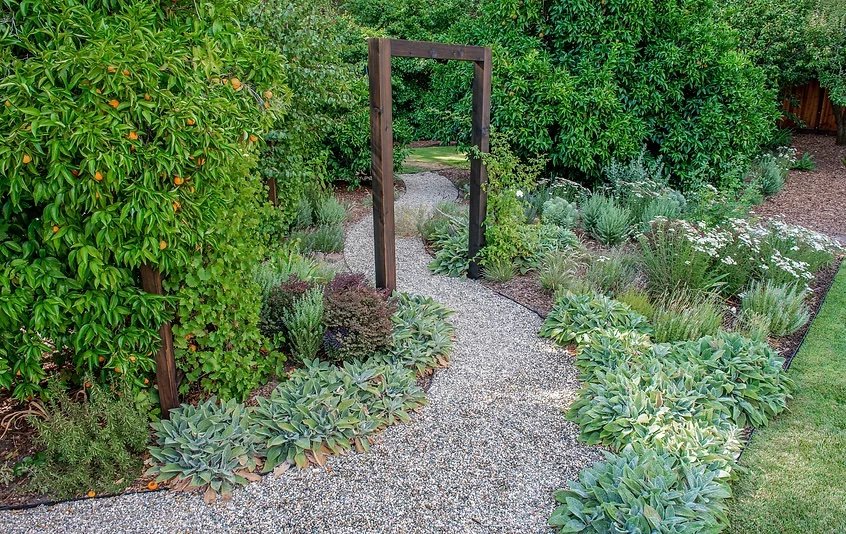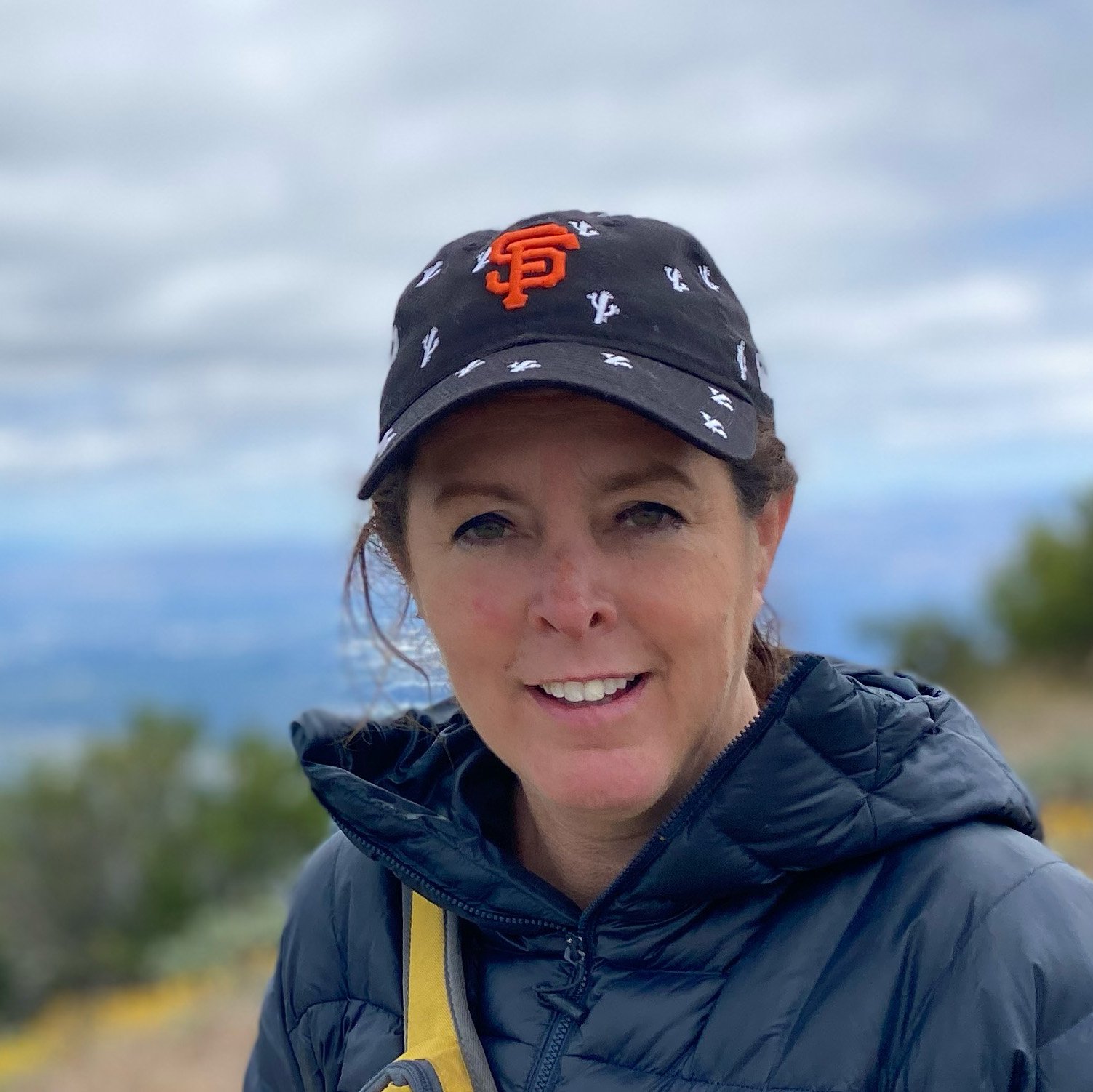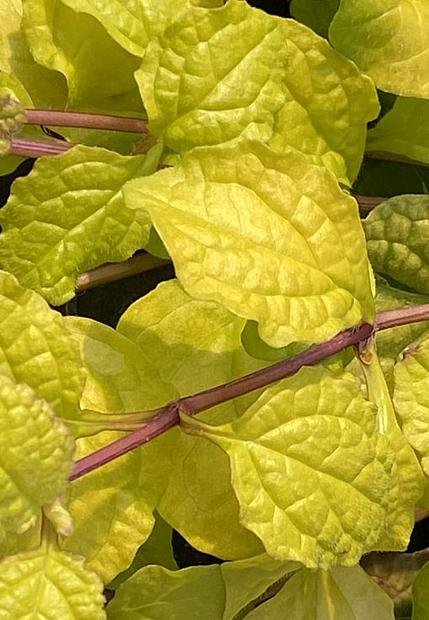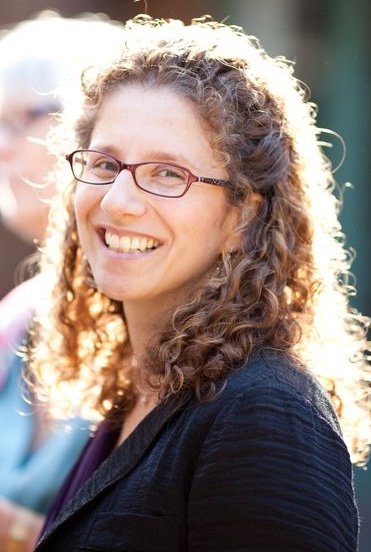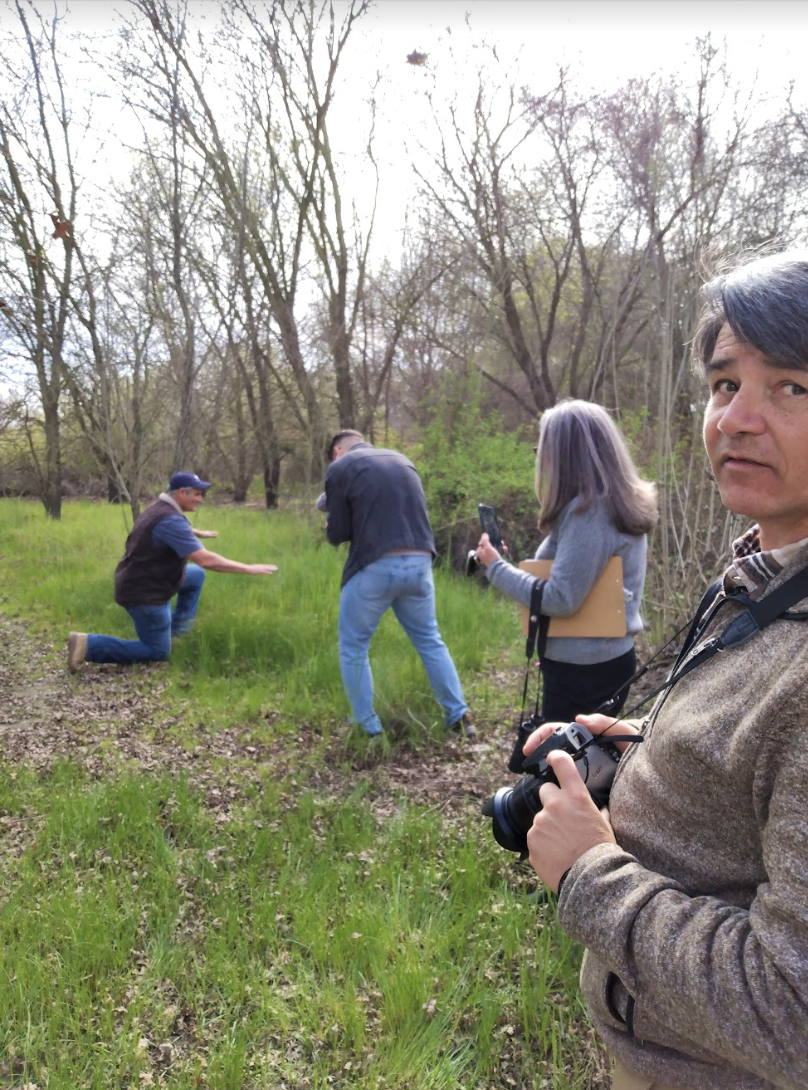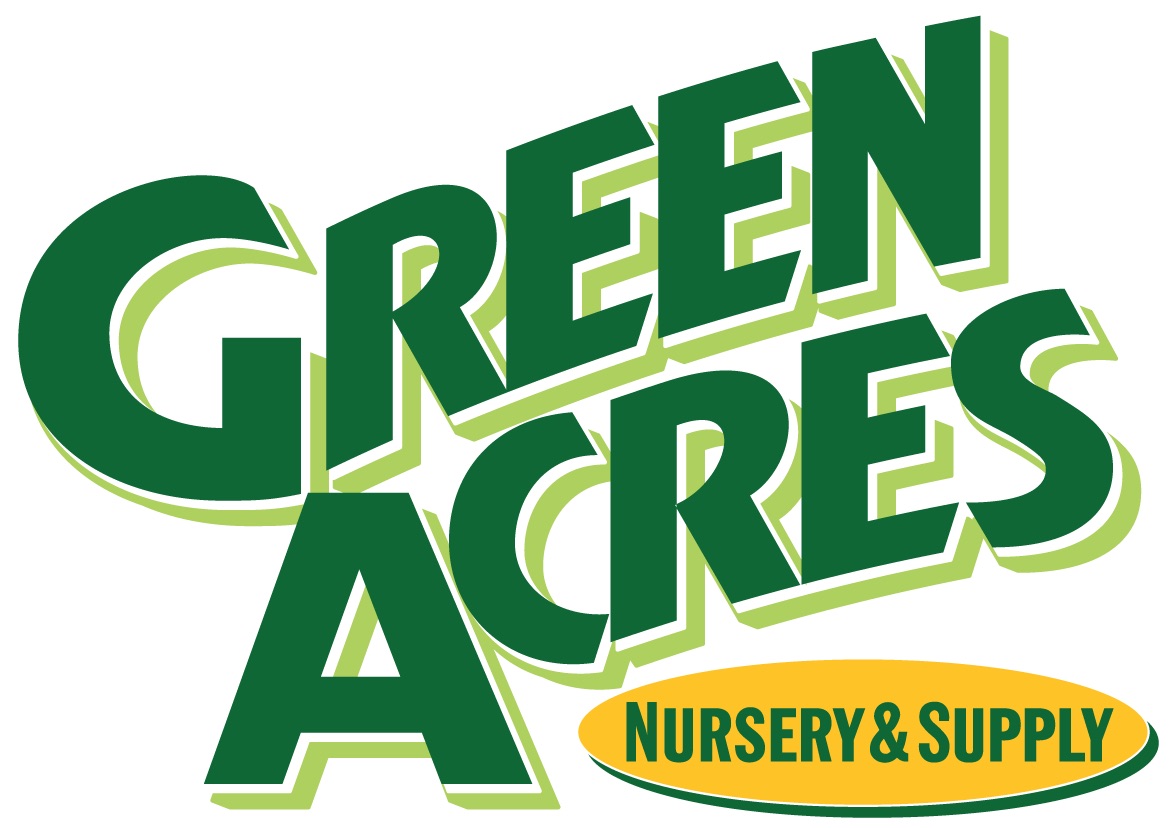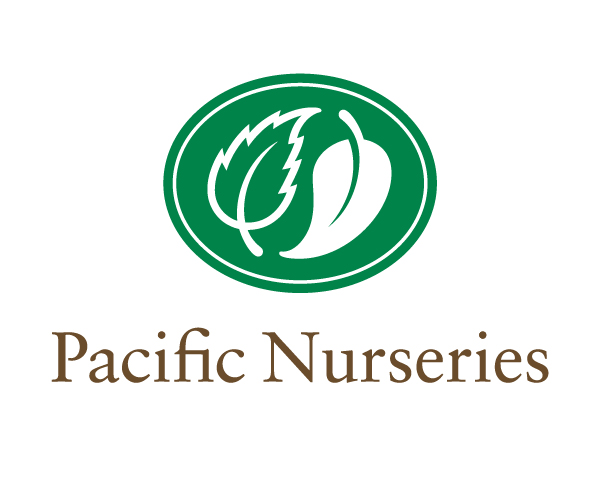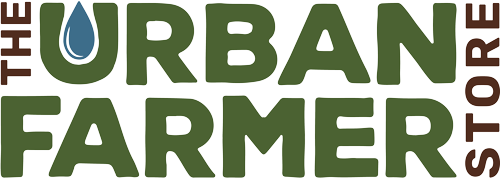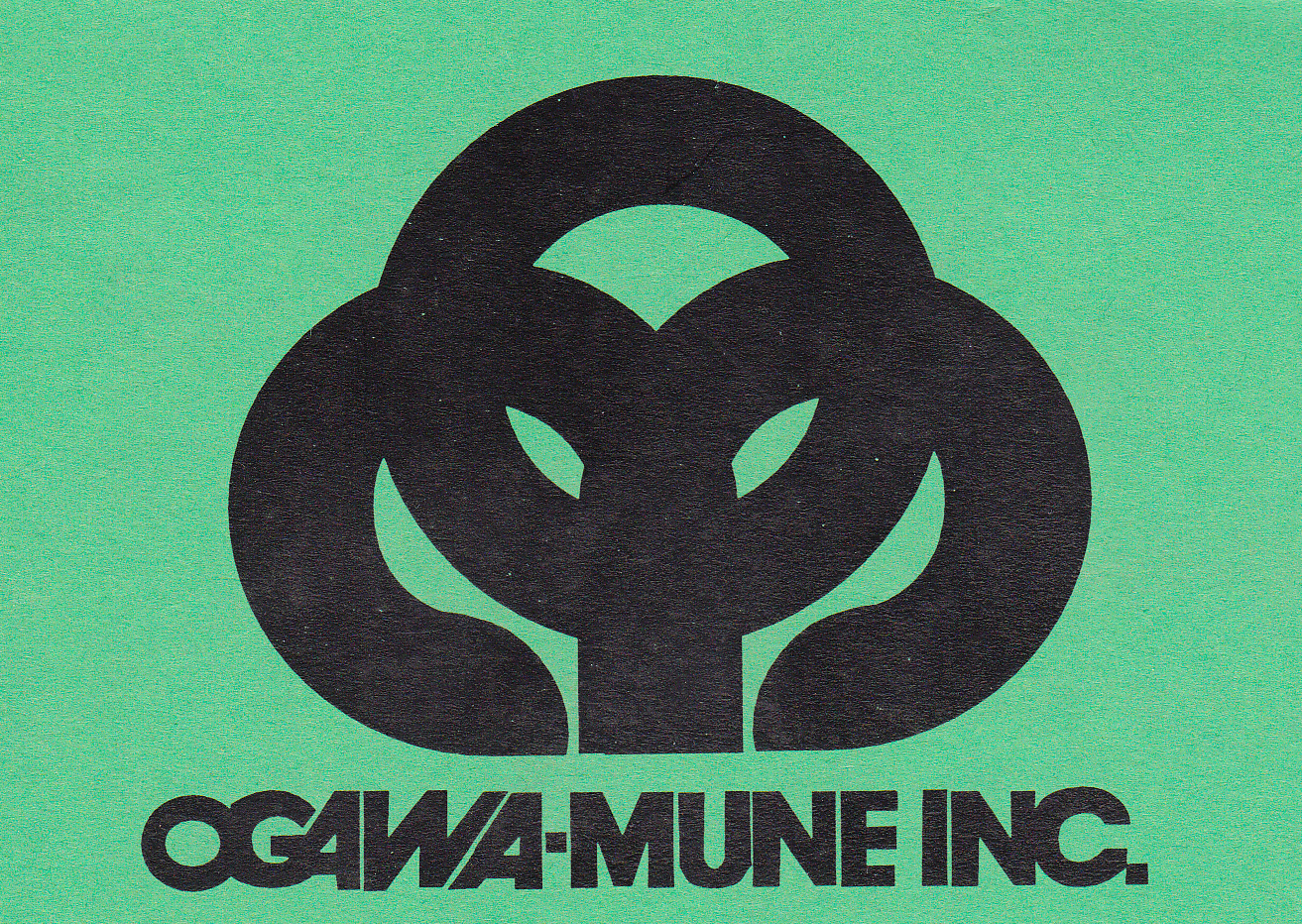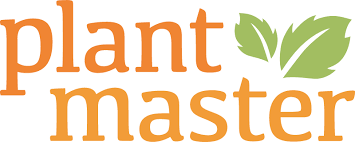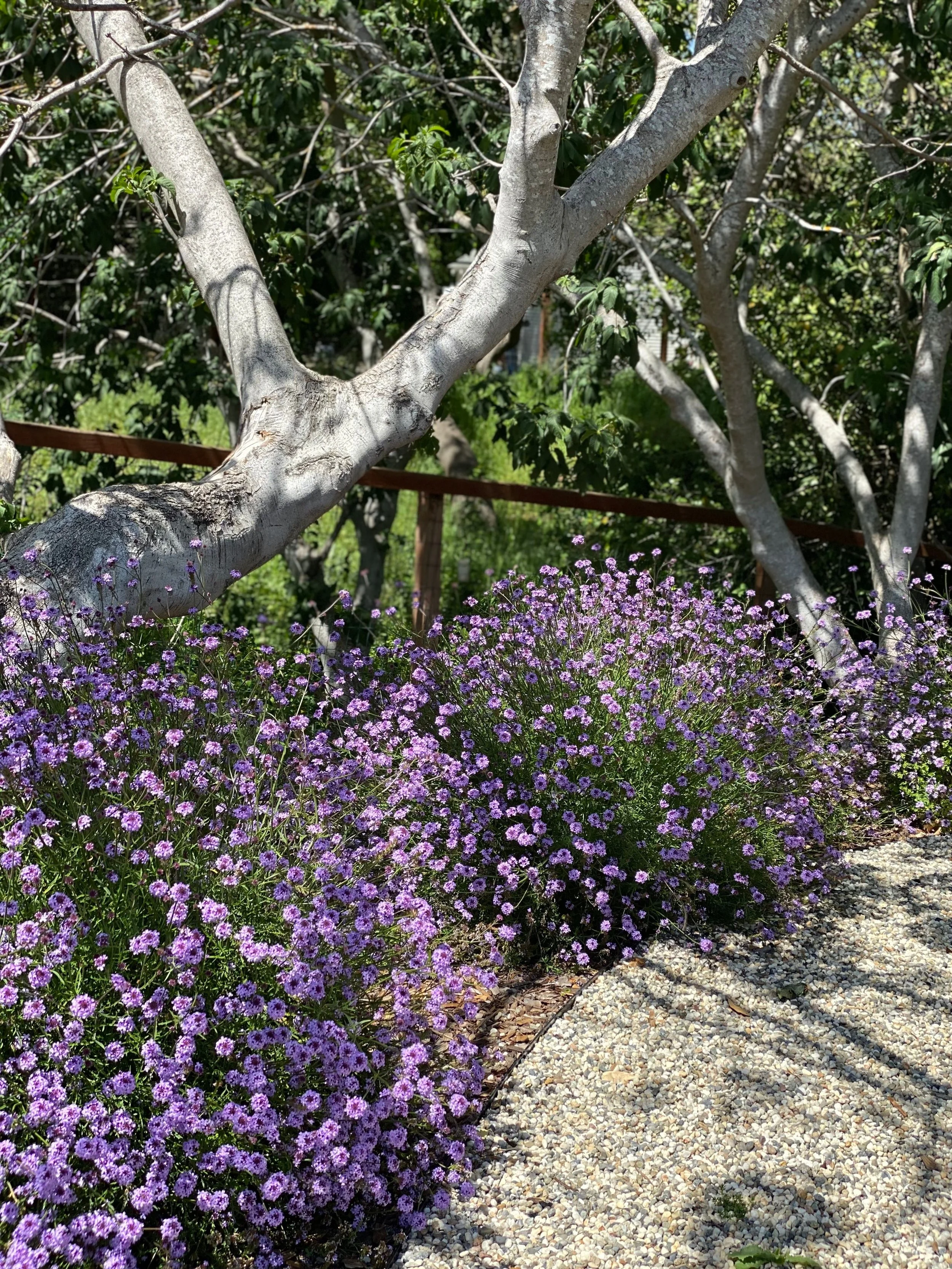Photo courtesy of Laura Damsgaard.
Designing today’s gardens
for tomorrow’s California.
FROM THE CHAPTER PRESIDENT
Martin G. Carrion van Rijn
Greetings APLD CA colleagues,
Half of the year has gone, and with the help of our incredible and highly dedicated group of volunteers throughout the state, we continue to accomplish many great things.
The Chapter Advocacy Committee is working on a modified version of our original plan to develop an educational program that will help build the APLD brand and help support all that we advocate for in the industry.
Please see the Advocacy article in this Newsletter to find out more about all that we are doing and, hopefully, if you find yourself inspired and interested, to find a way to support the development of this program. We do need and appreciate your help, at any level.
I encourage you once again to make the most of your membership by staying connected and engaged, wherever and whenever you are able to.
The topic of ‘the next generation’ is quite diverse and interesting.
One of the things that inspires me about our industry is that learning seems to be endless. There are so many things to learn, to become proficient in. In a way, we are always beginners, constantly adapting to a changing world, a changing climate, a growing industry.
I find that APLD offers great opportunities to both educate and be educated.
From one point of view, a great mix of the old and the new.
How do we define the old versus the new?
In a way, I wish that we all, as we grow in our practice, will remain young at heart, open to the changing issues, adaptable, growing with the needs of our times.
That we may encourage, inspire, be inspired by that New Generation and in some way, fully be a part of it as well.
With best regards,
Martin G. Carrion van Rijn

